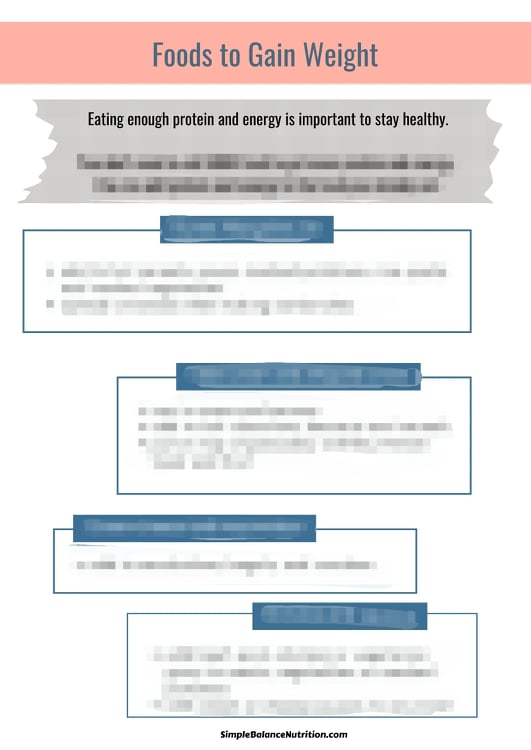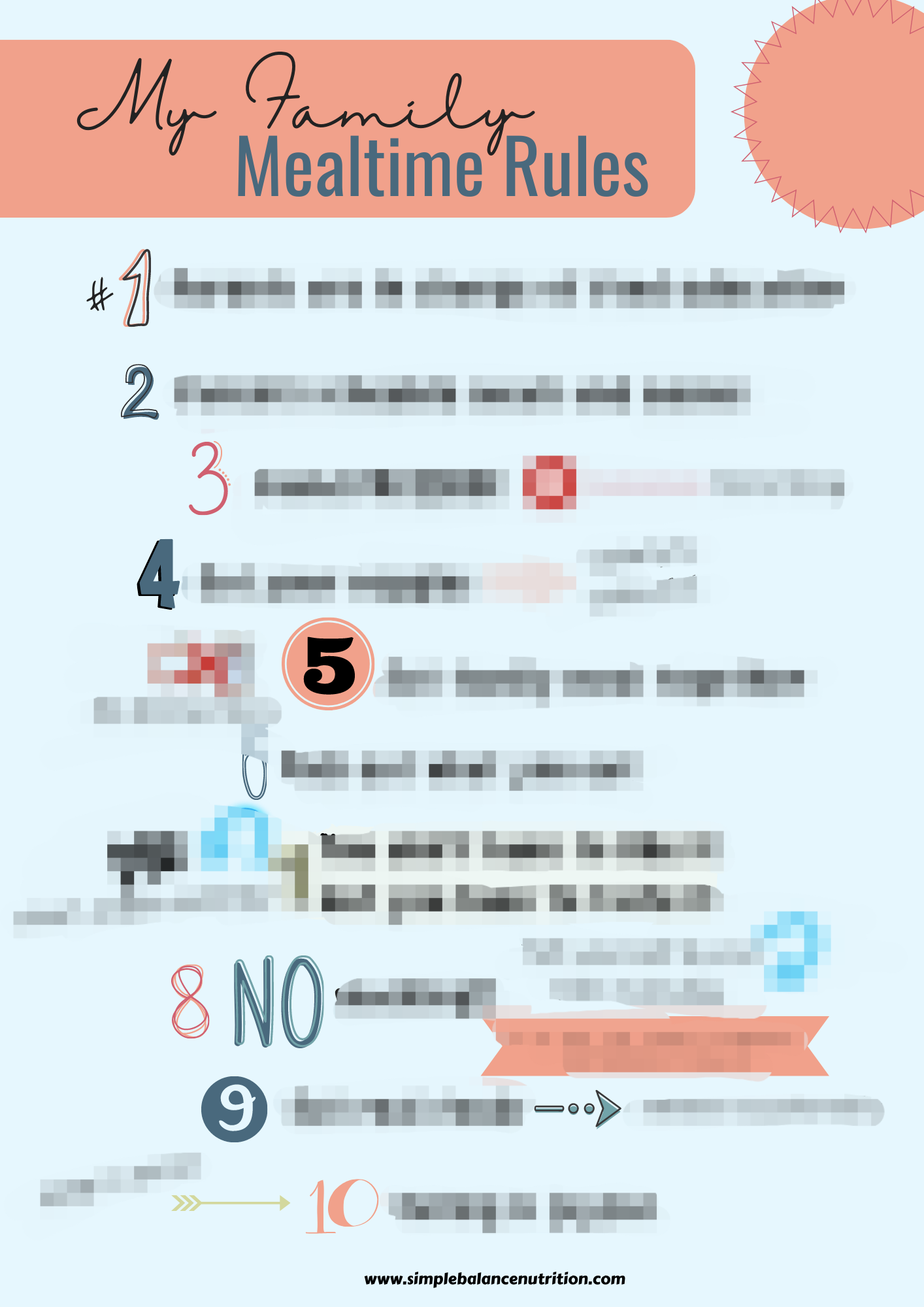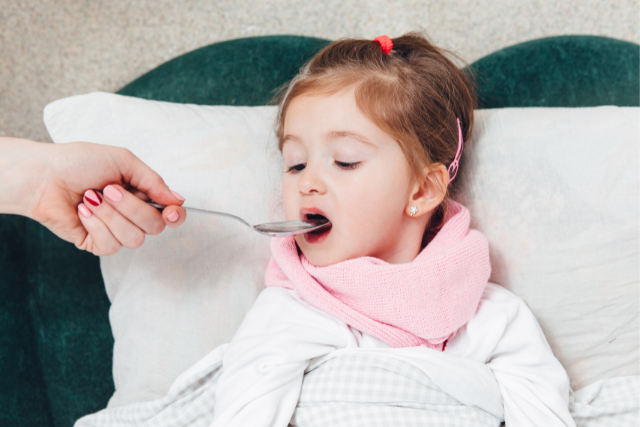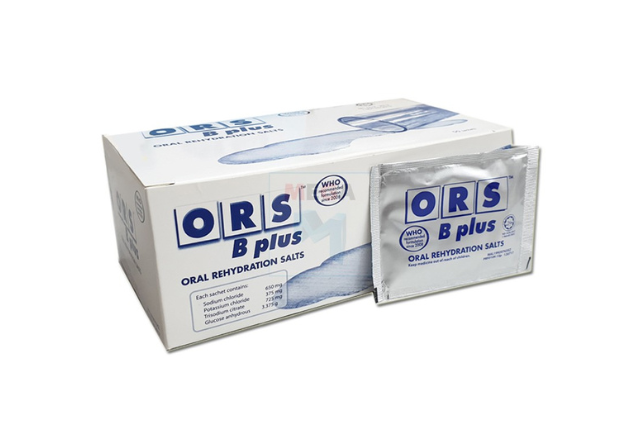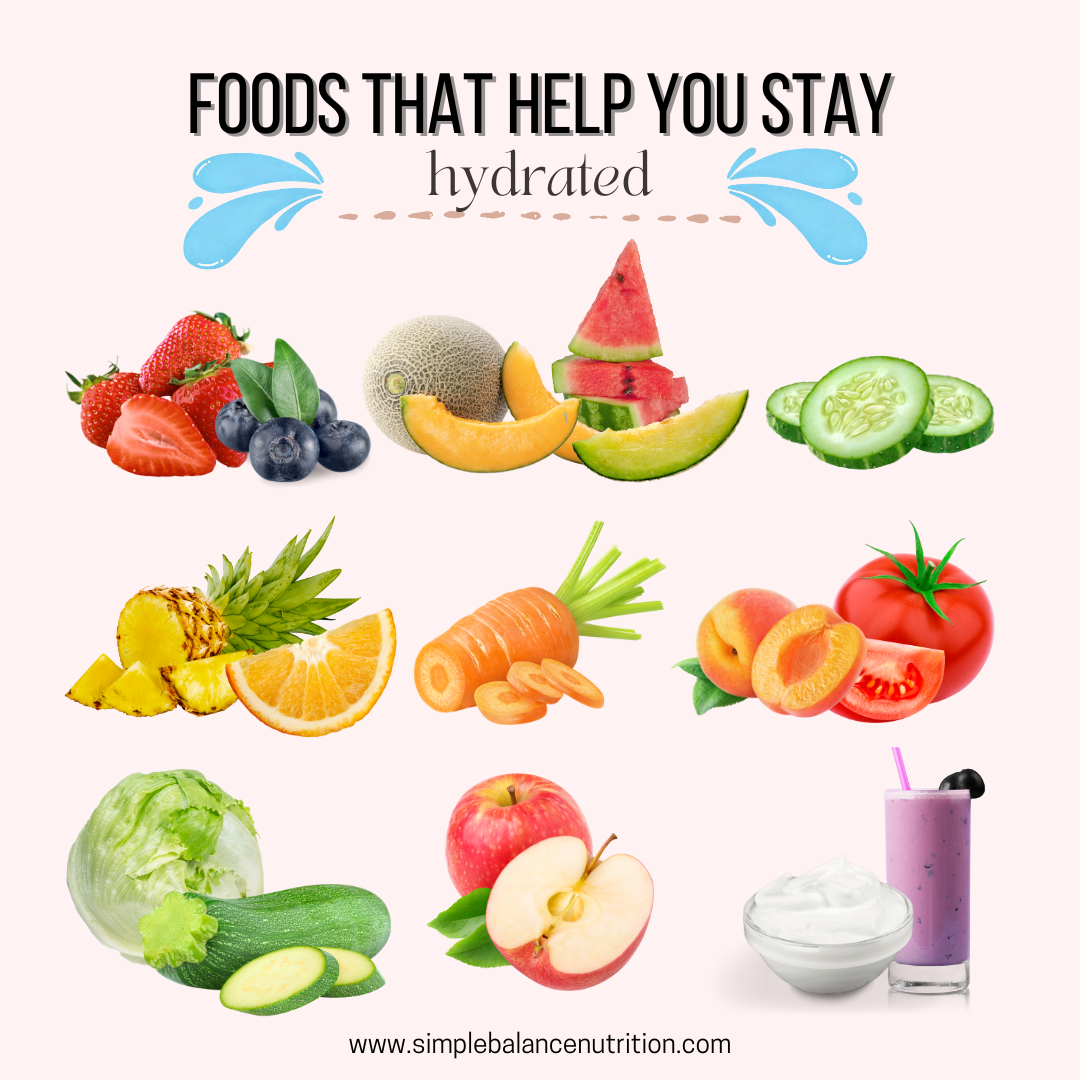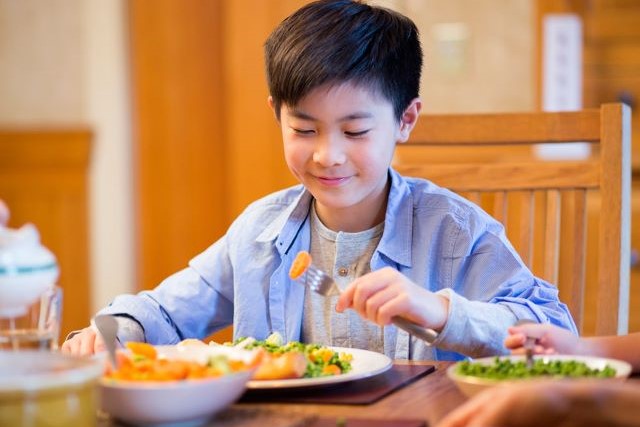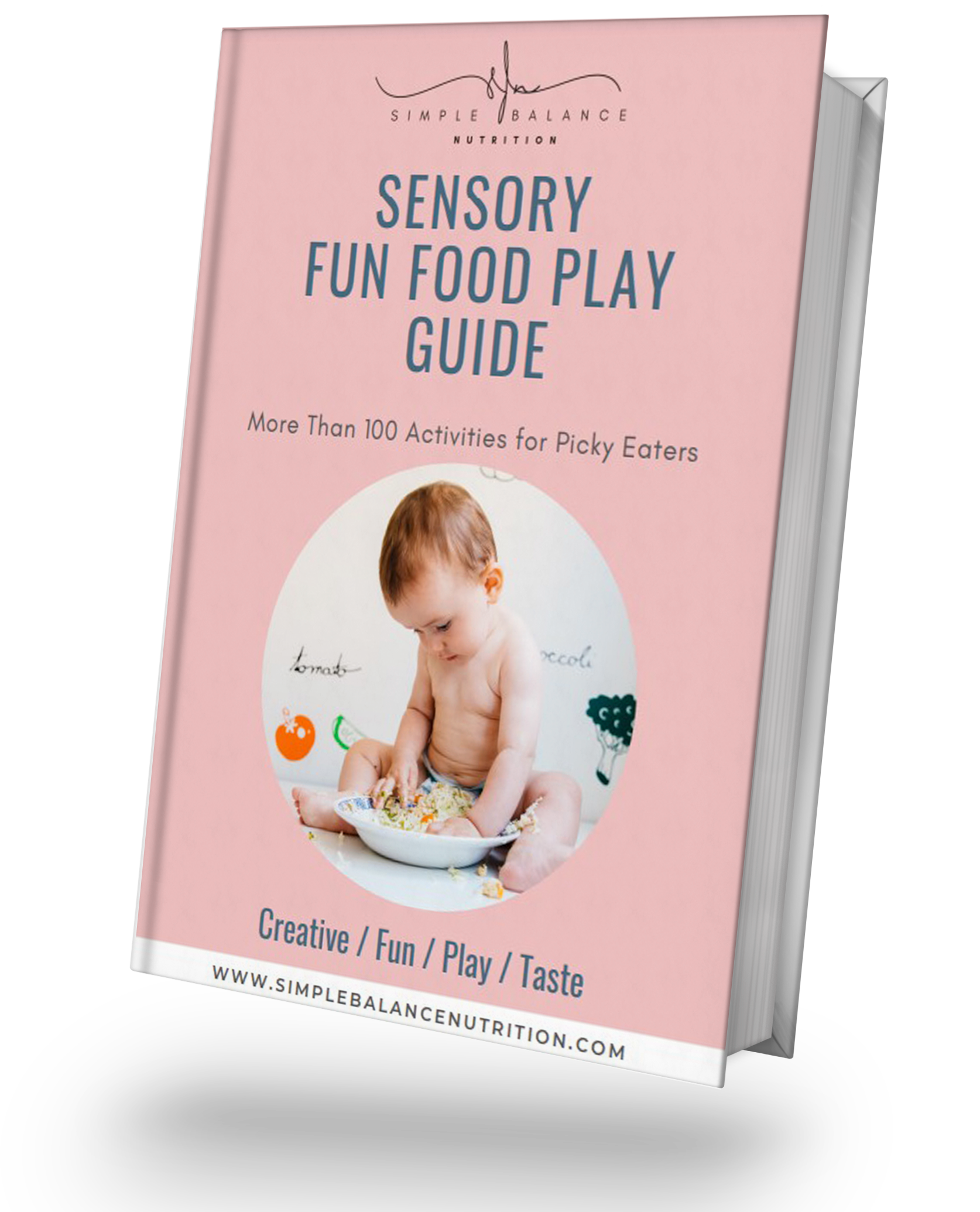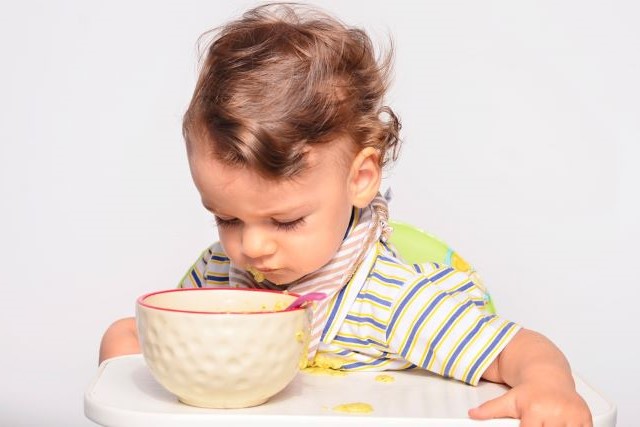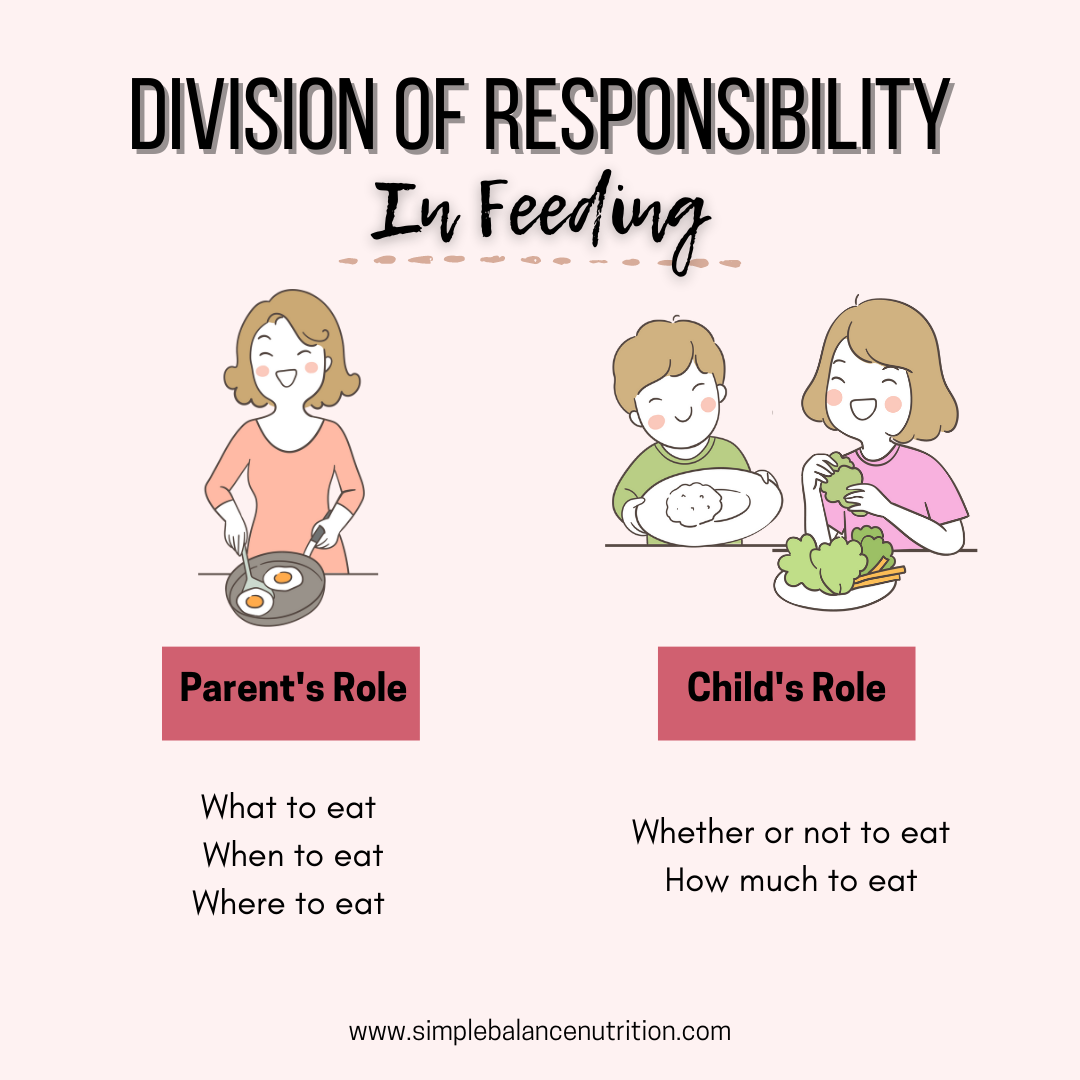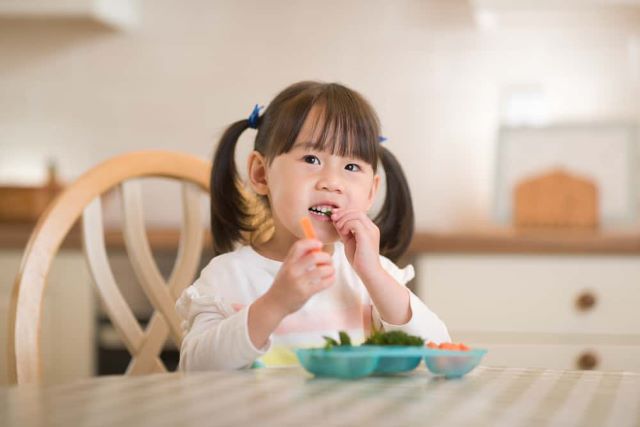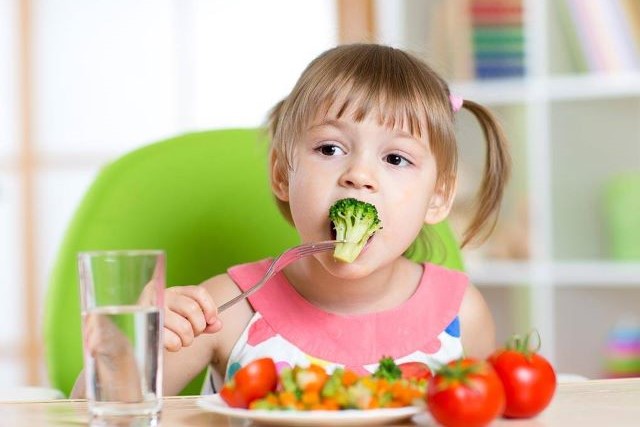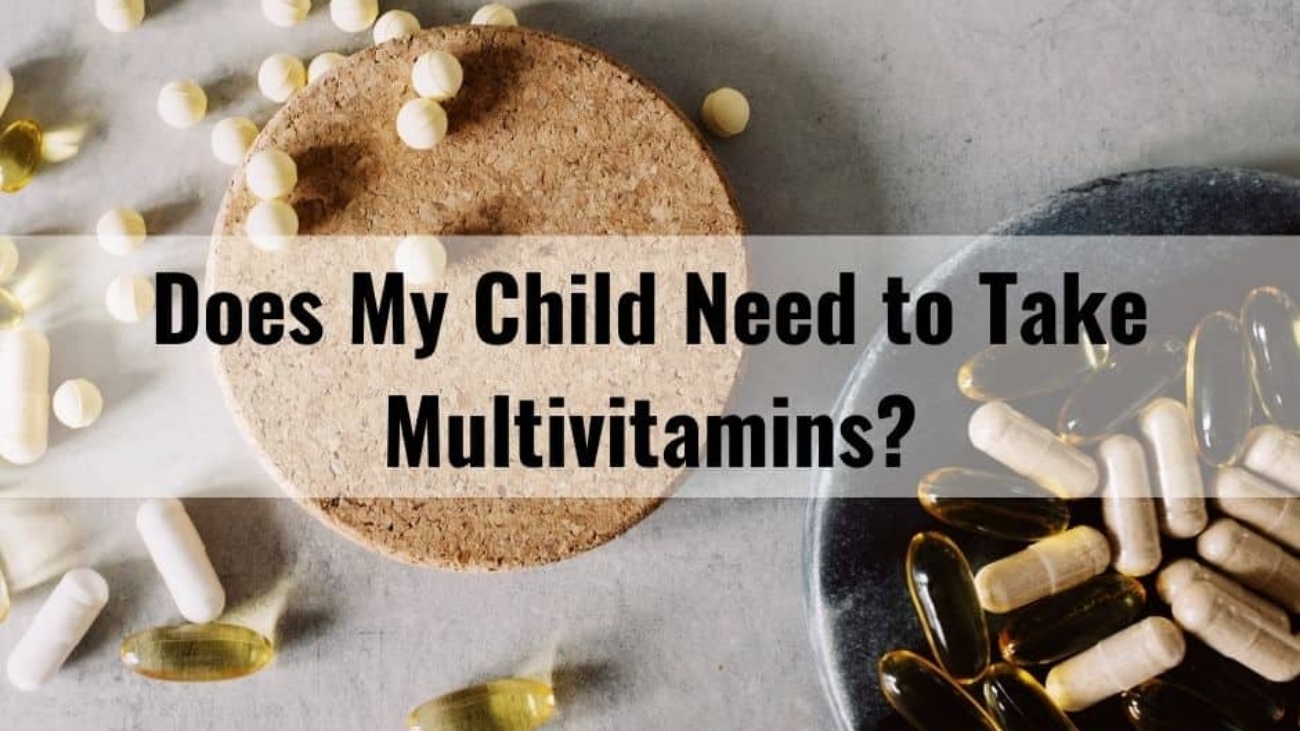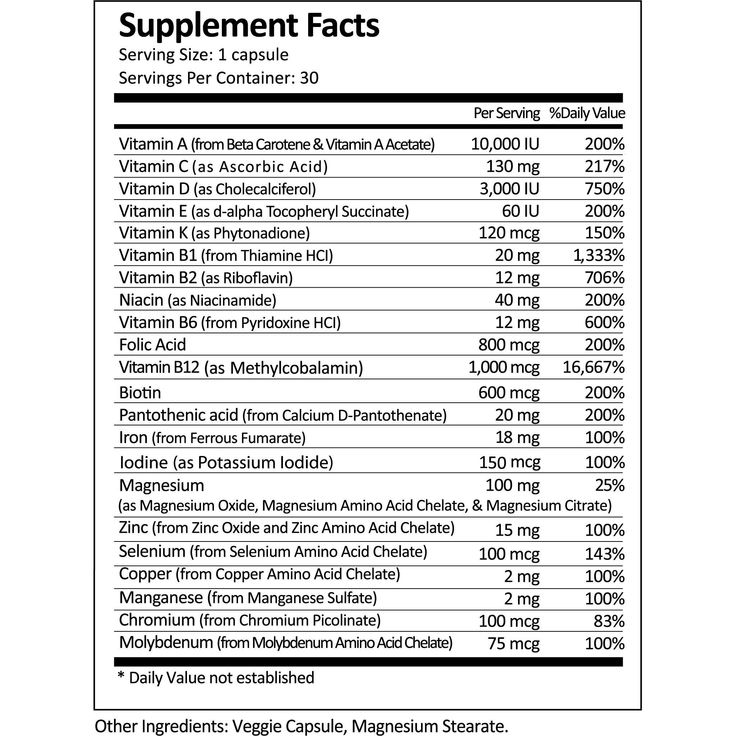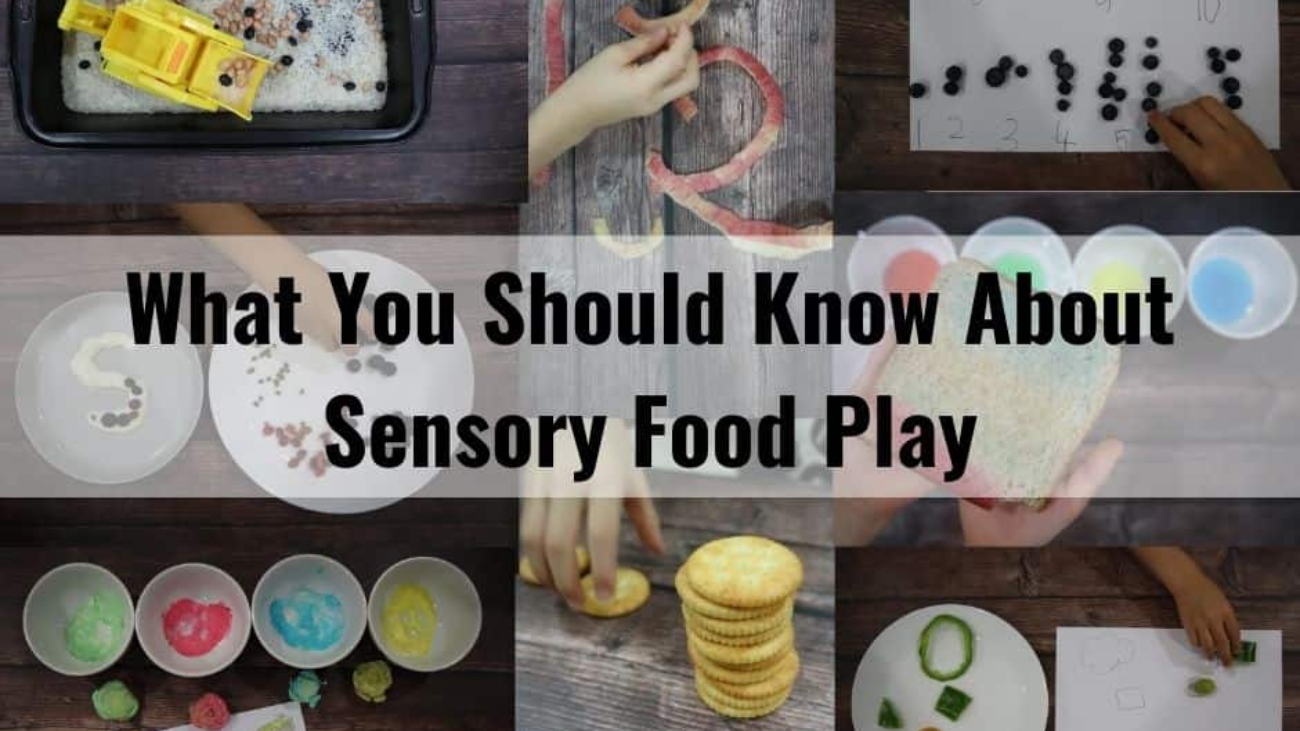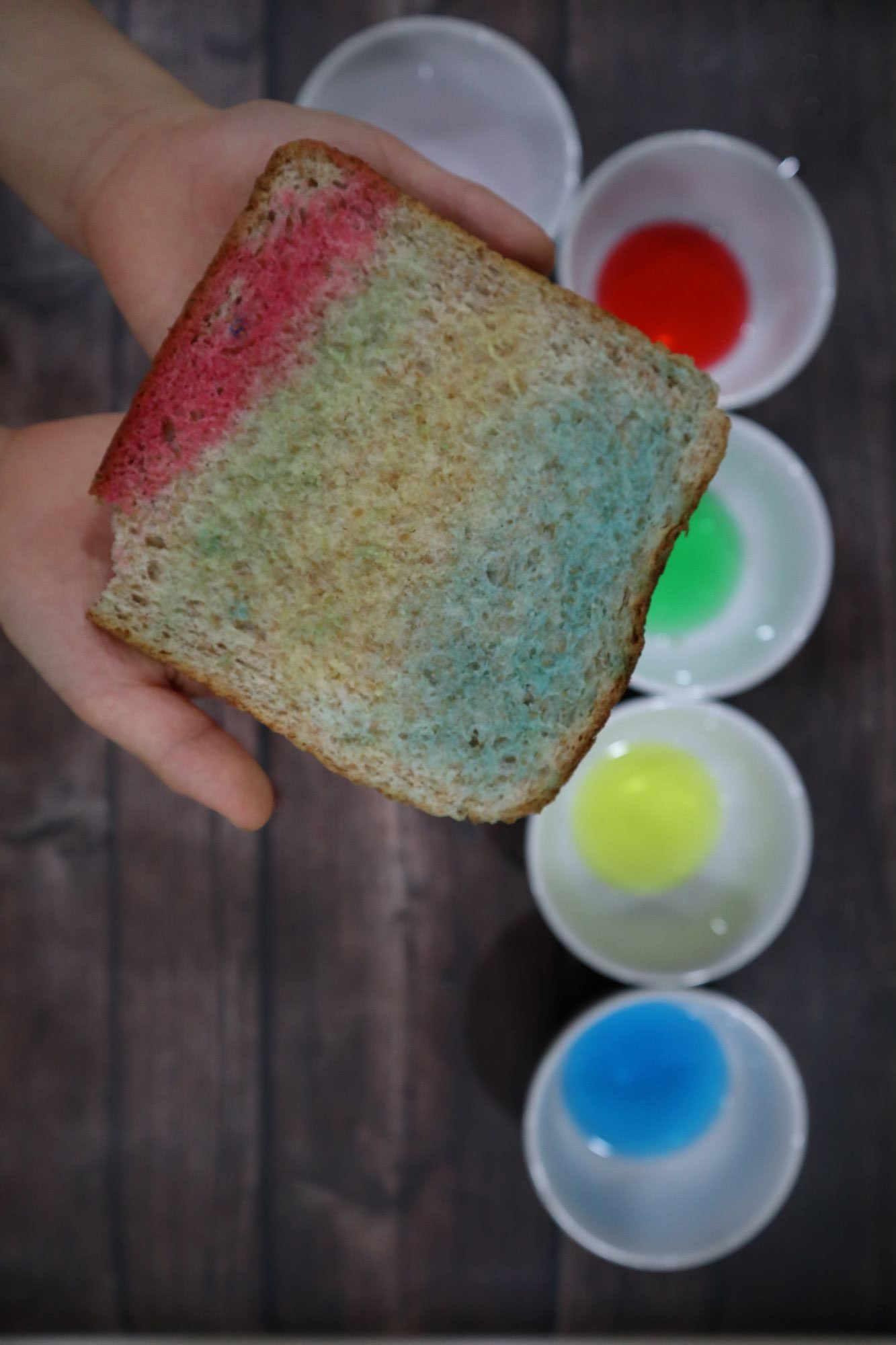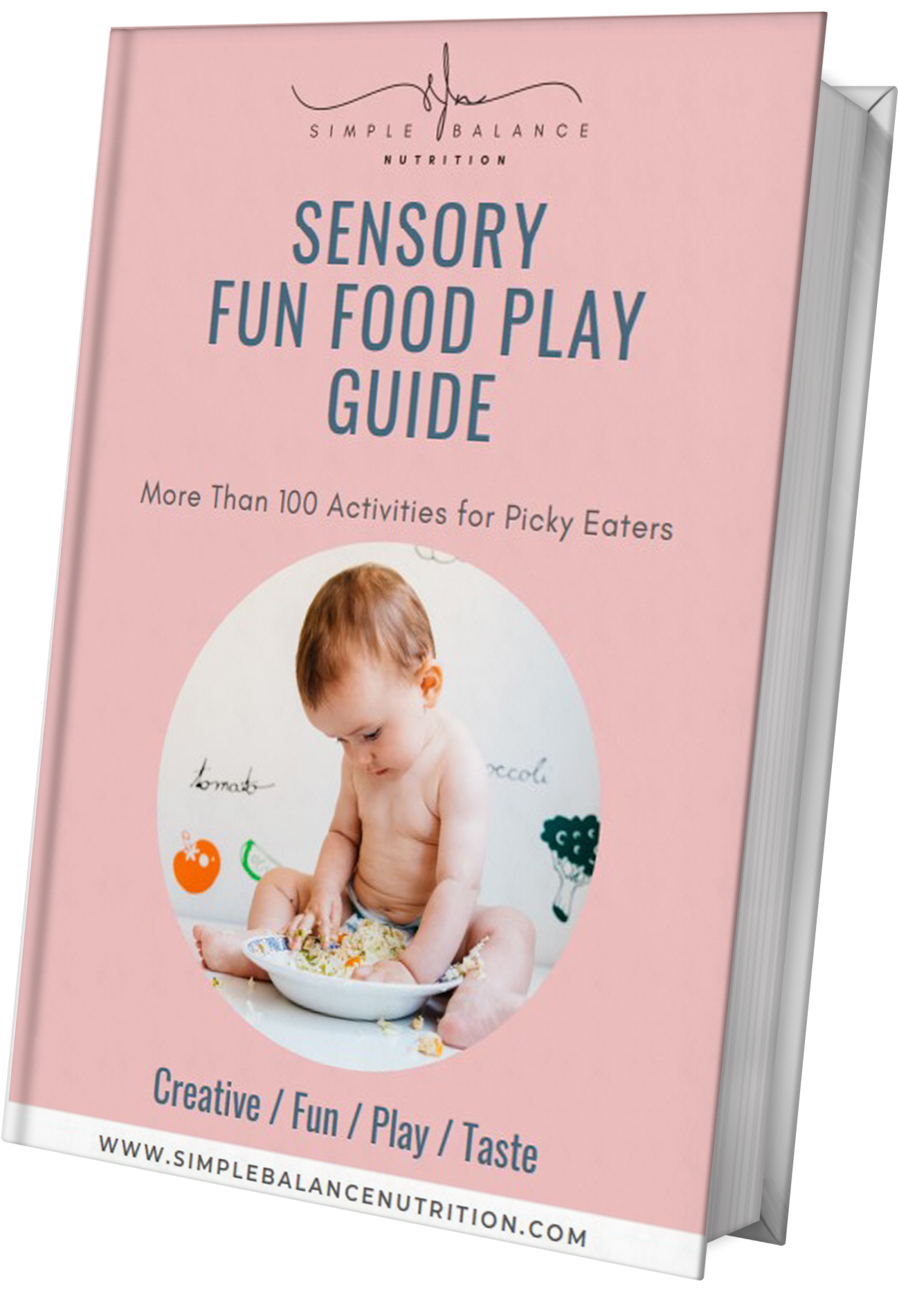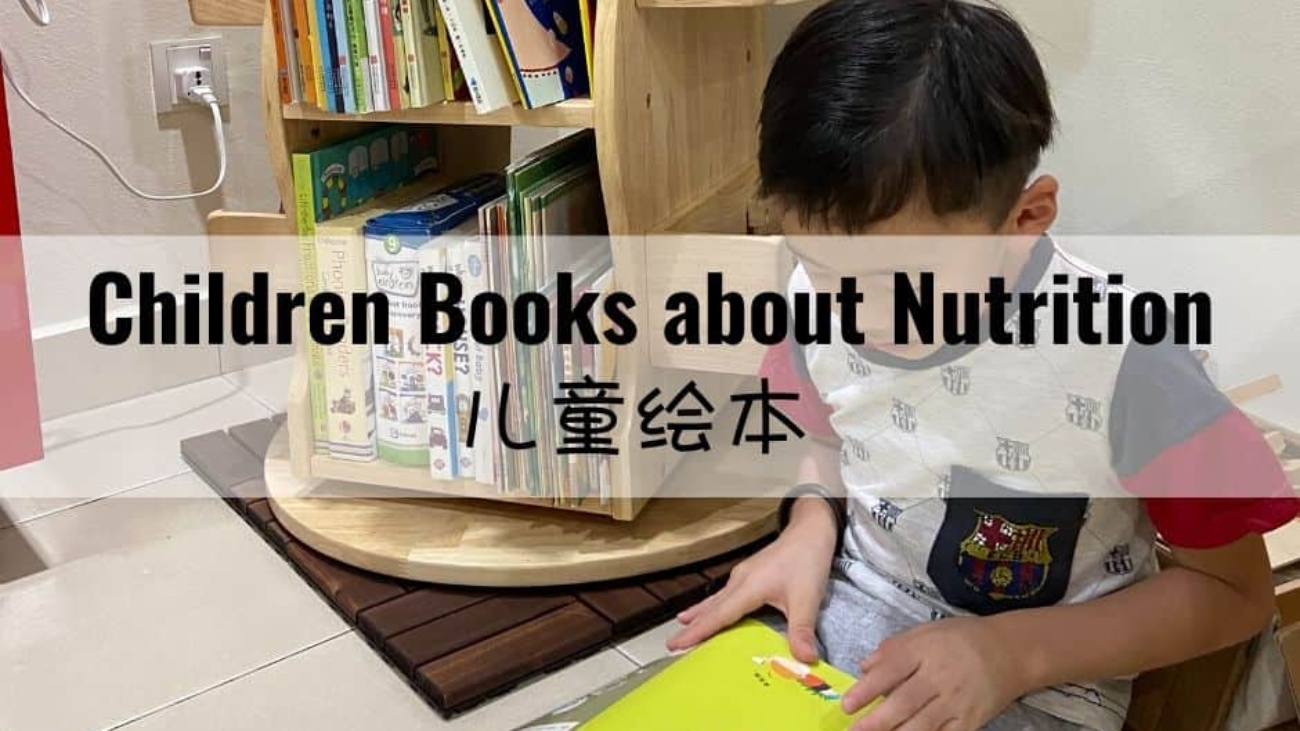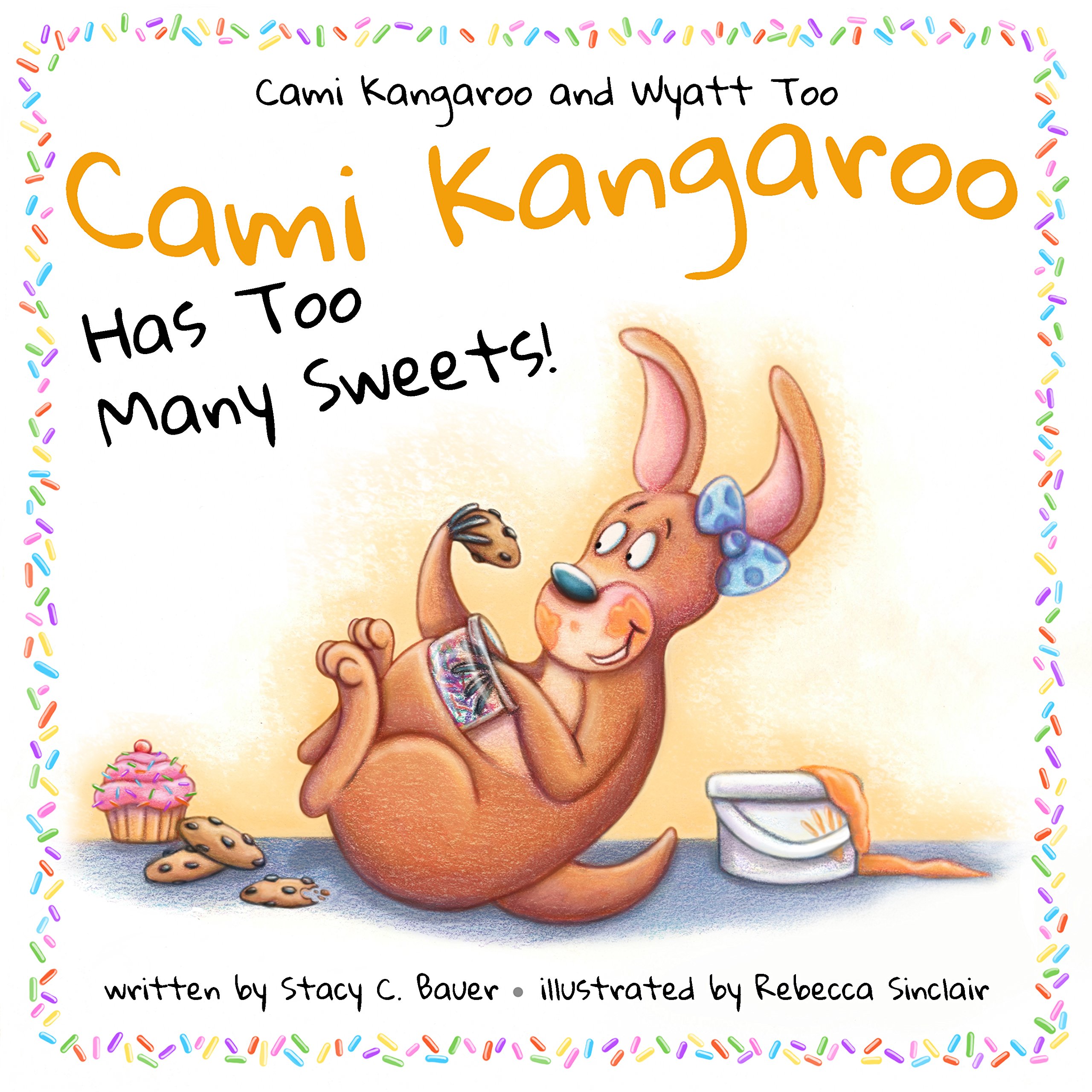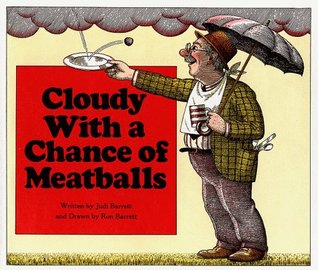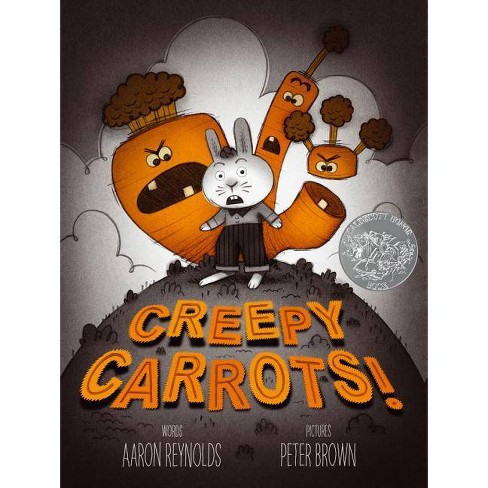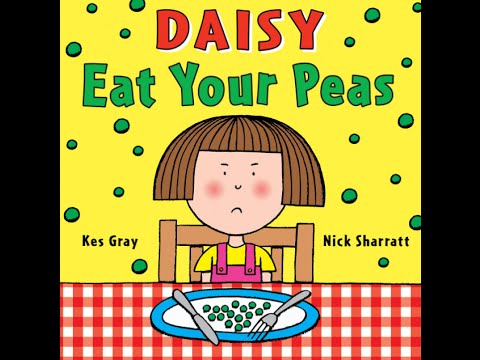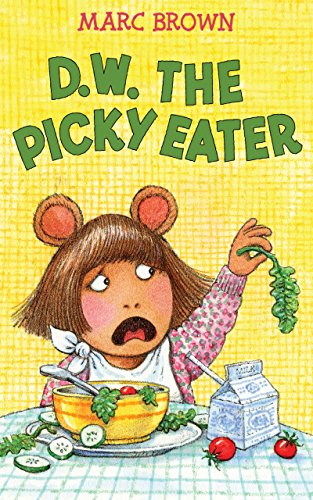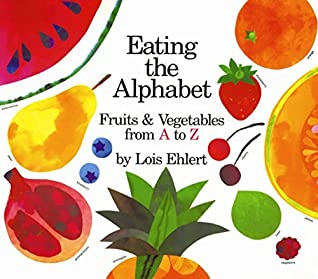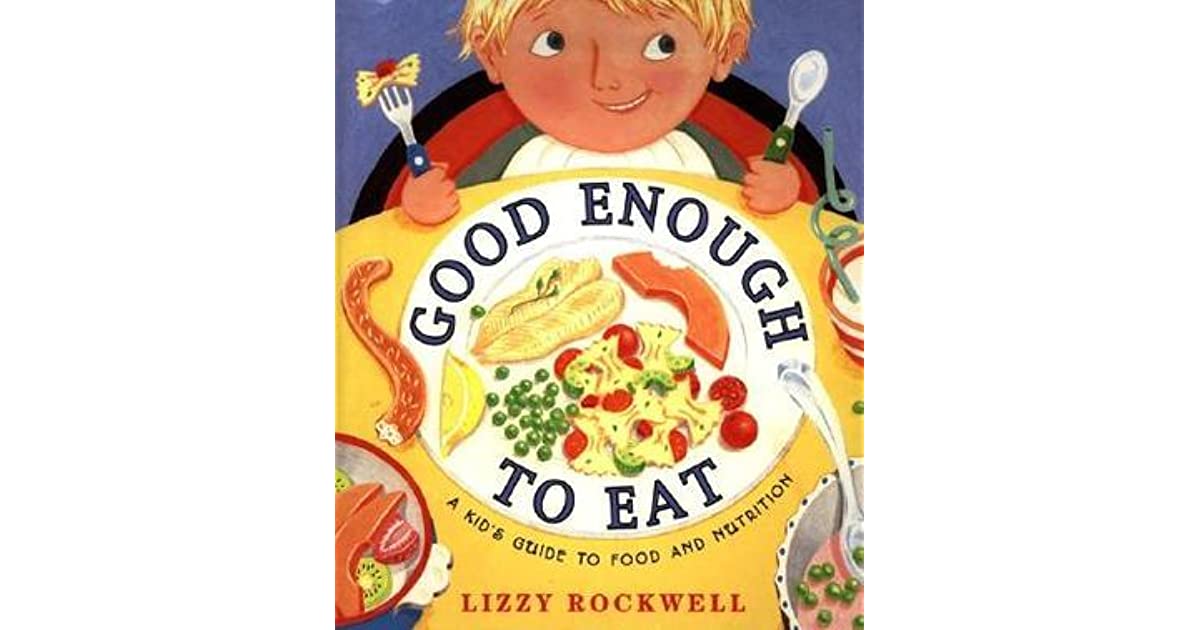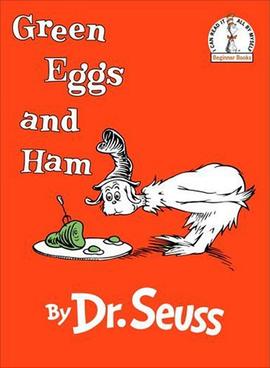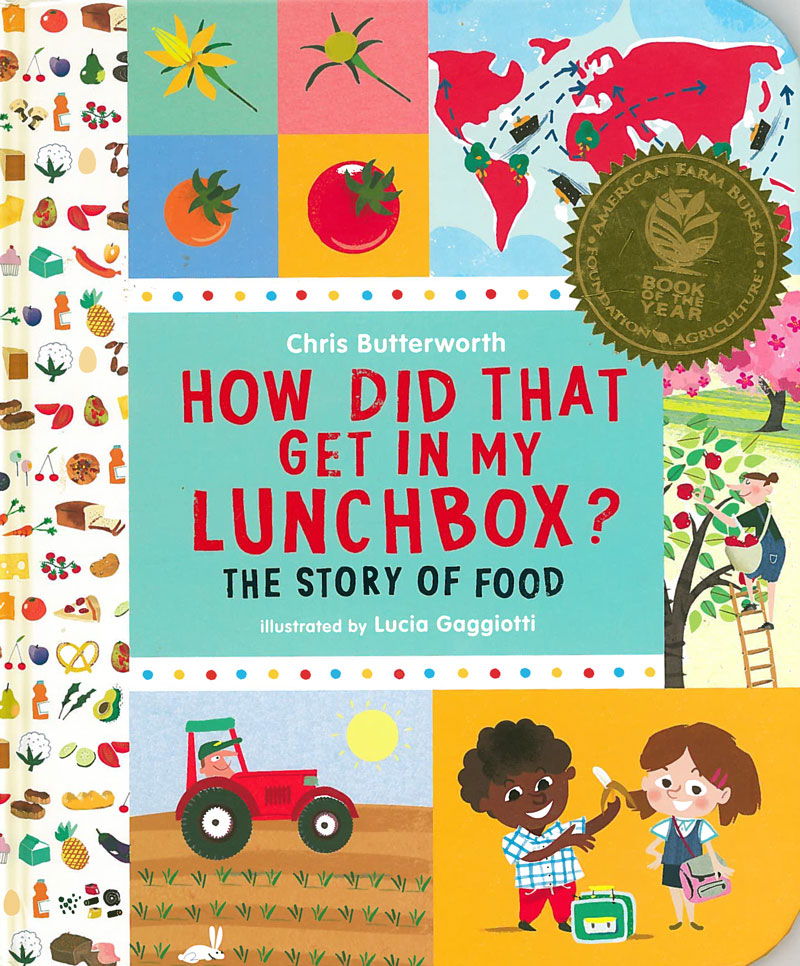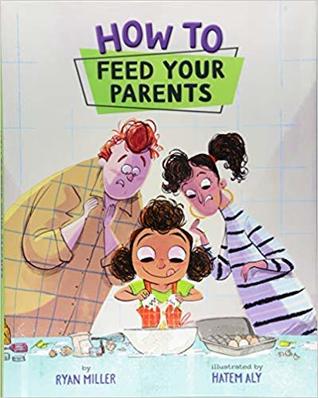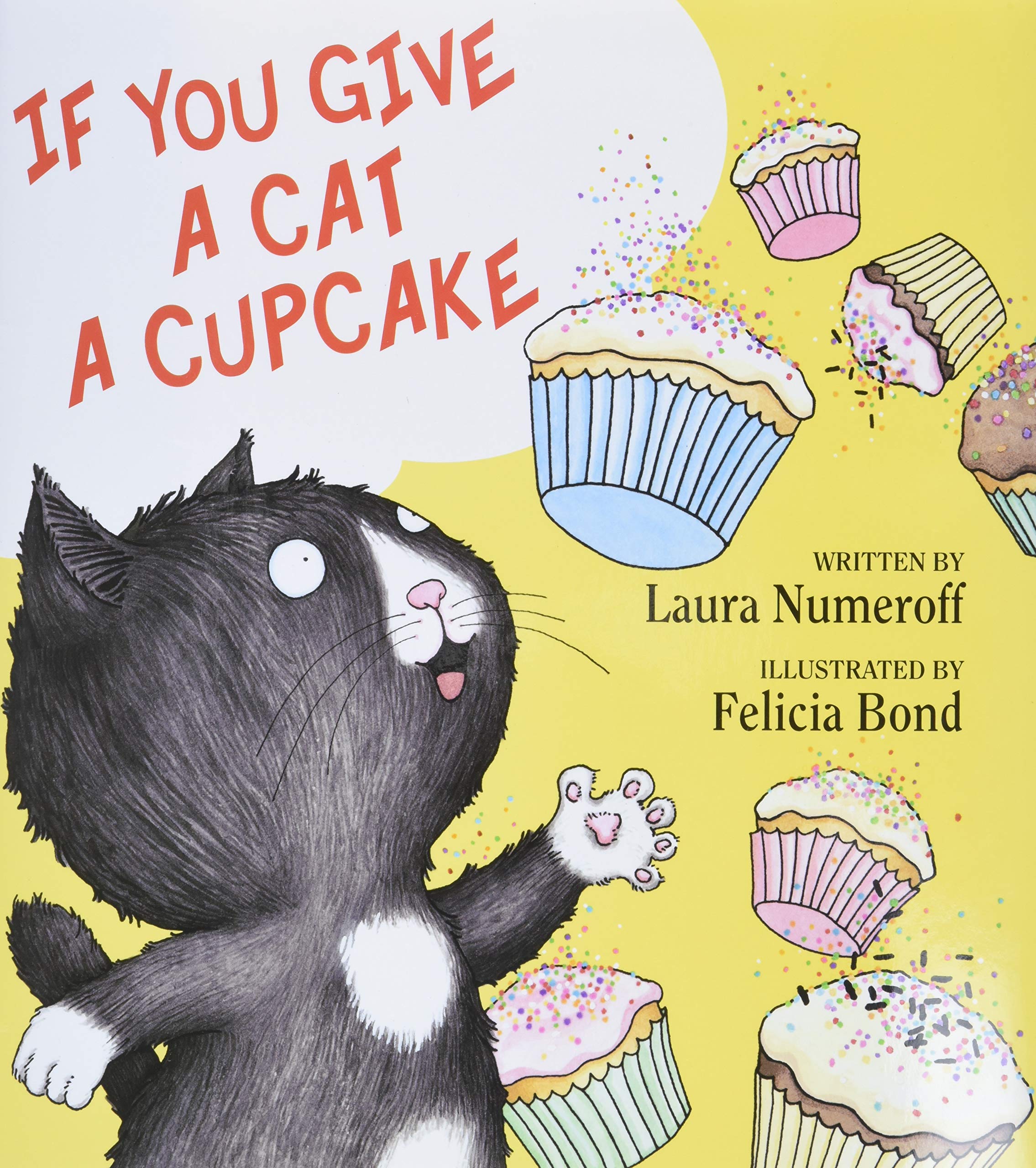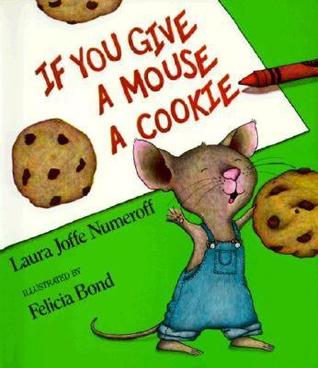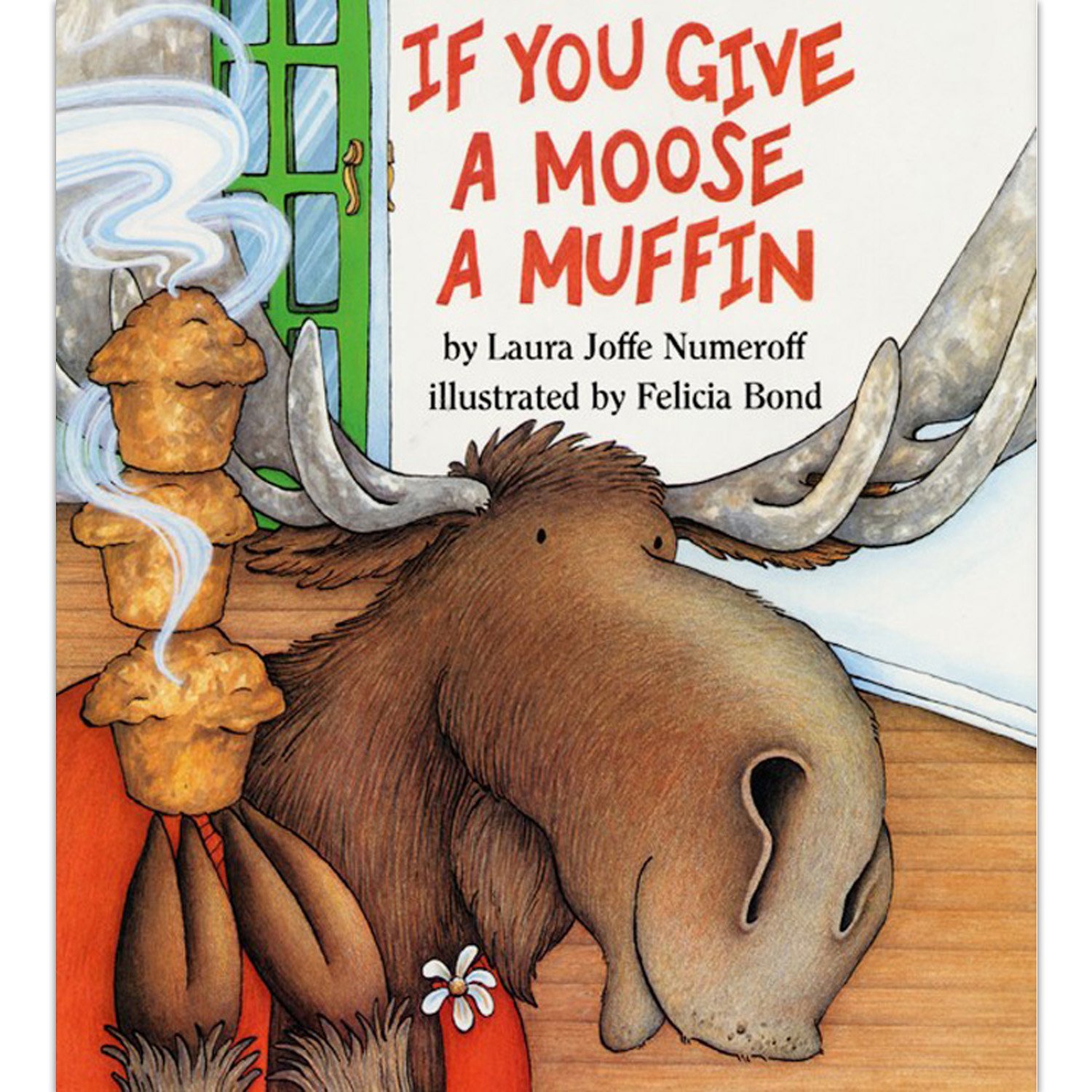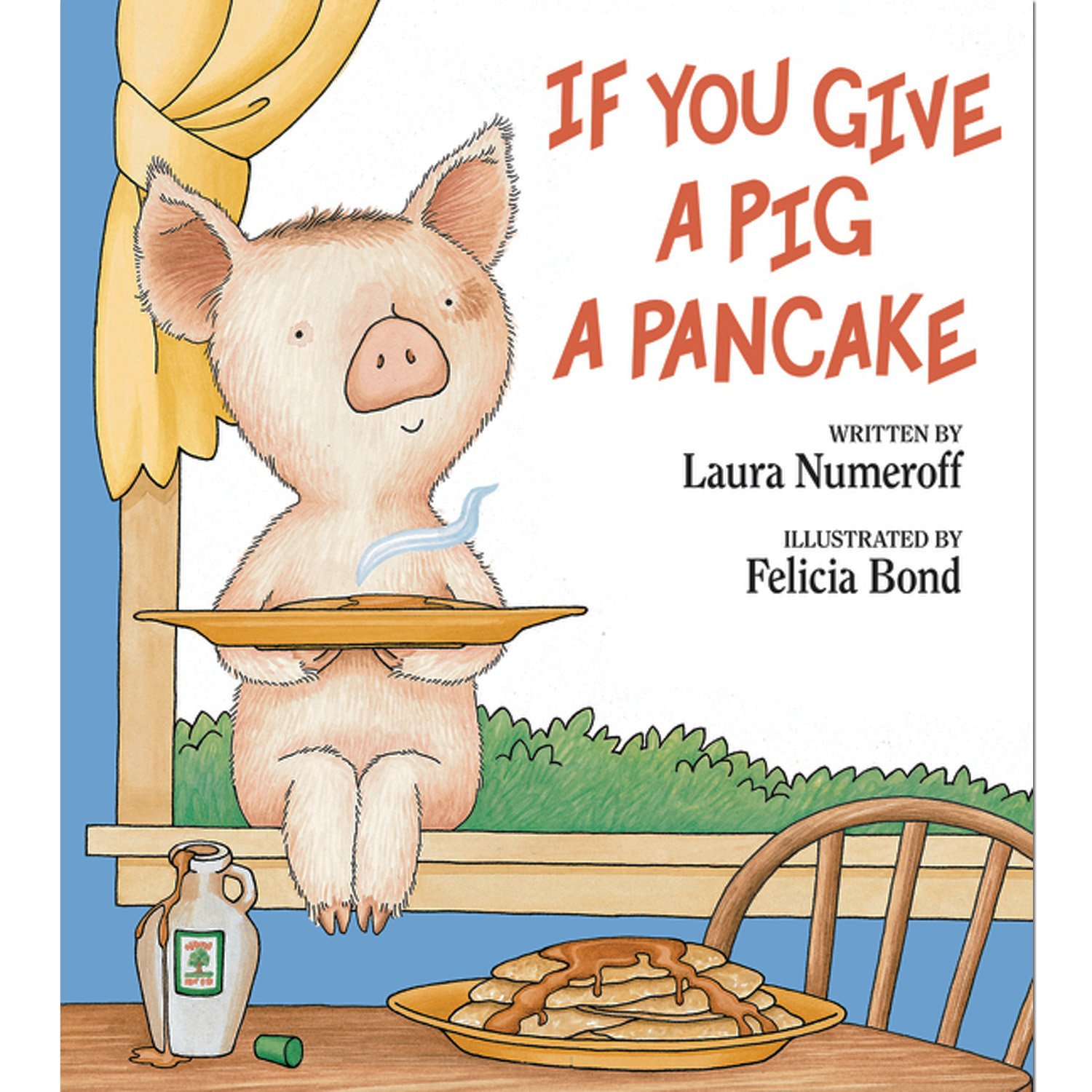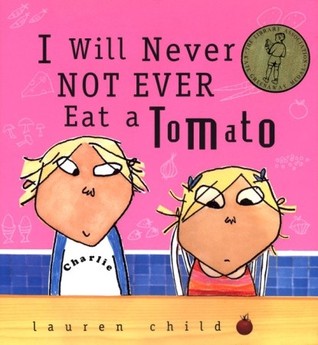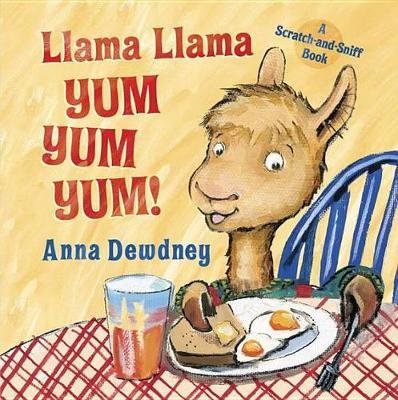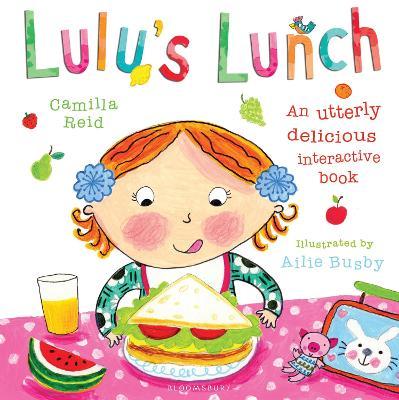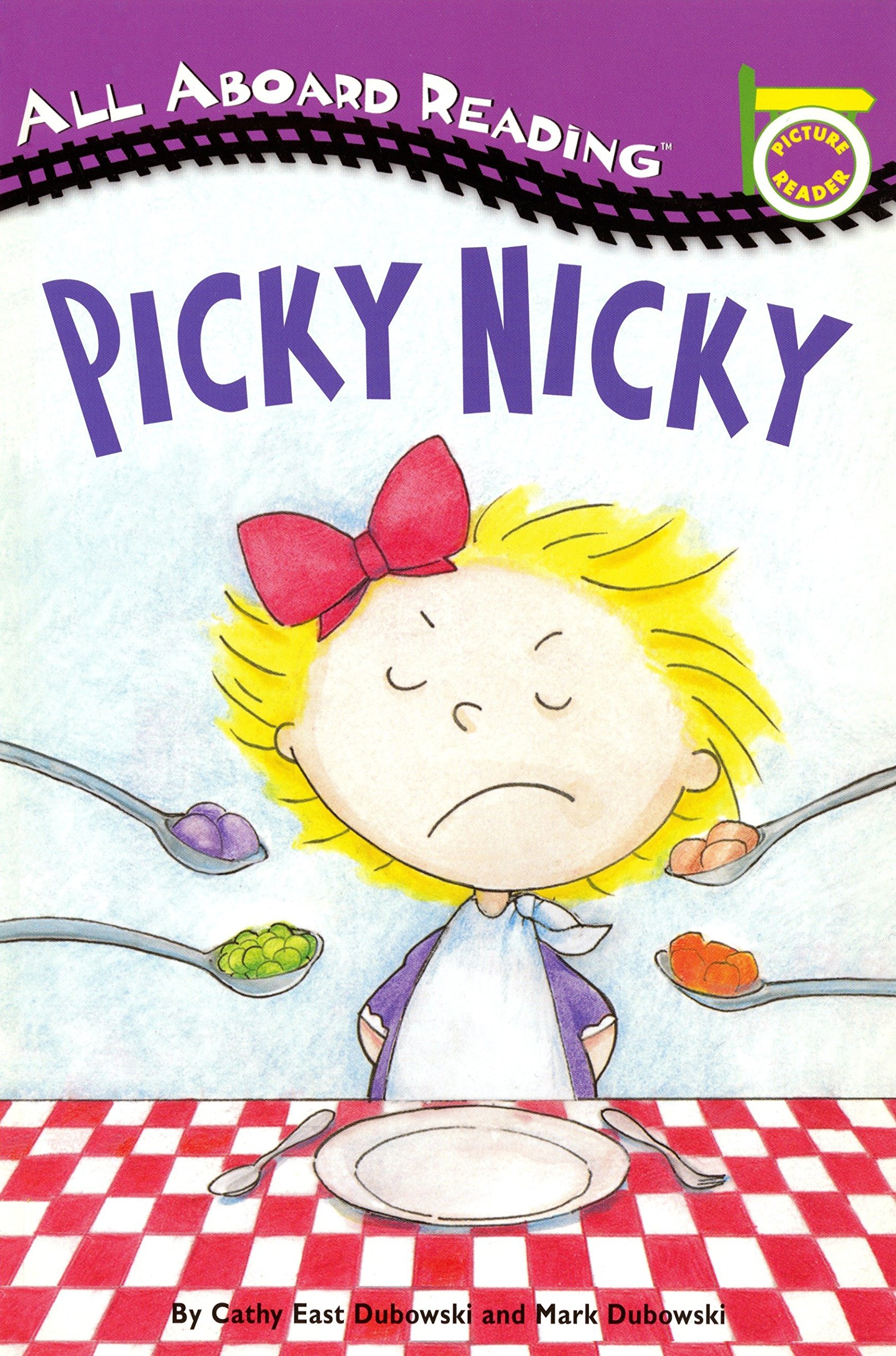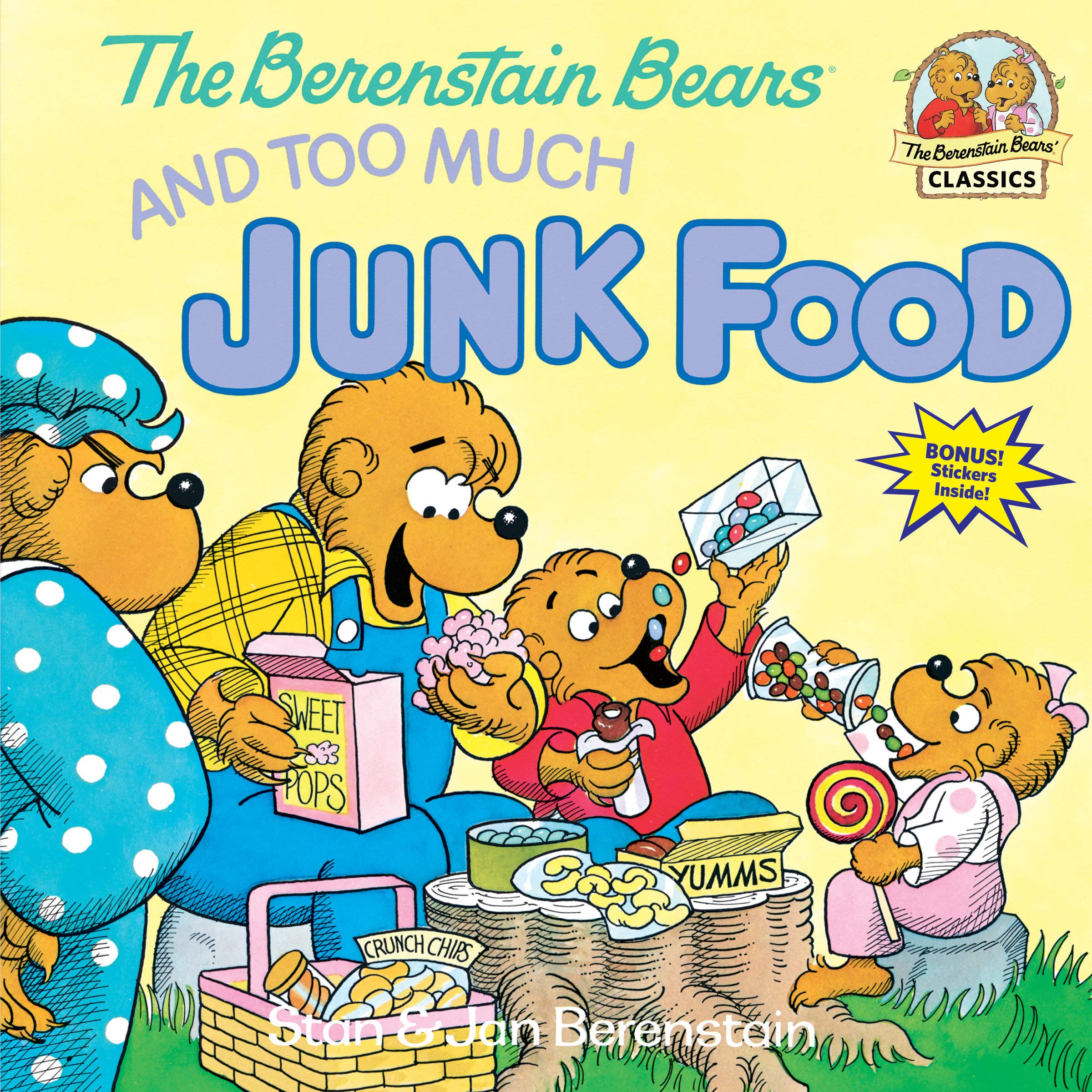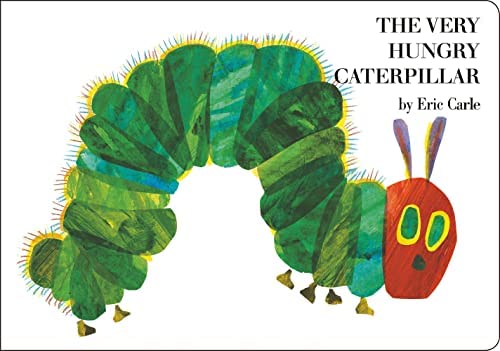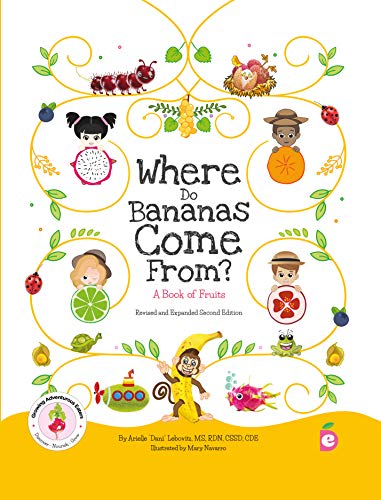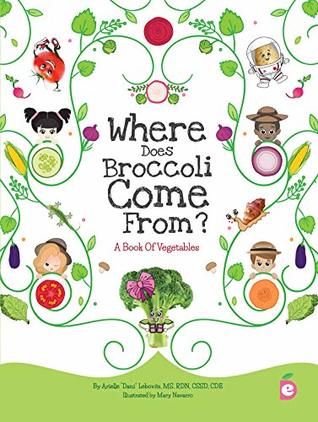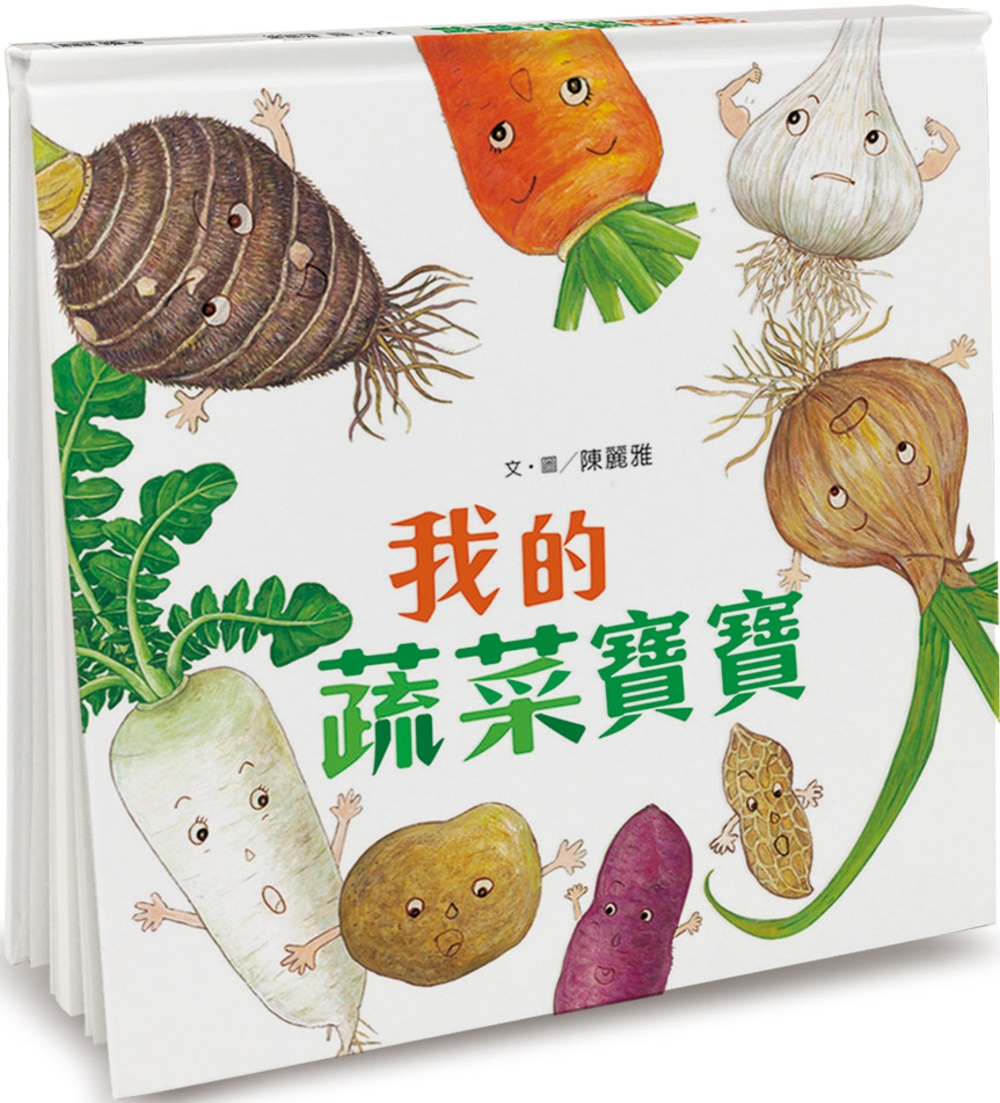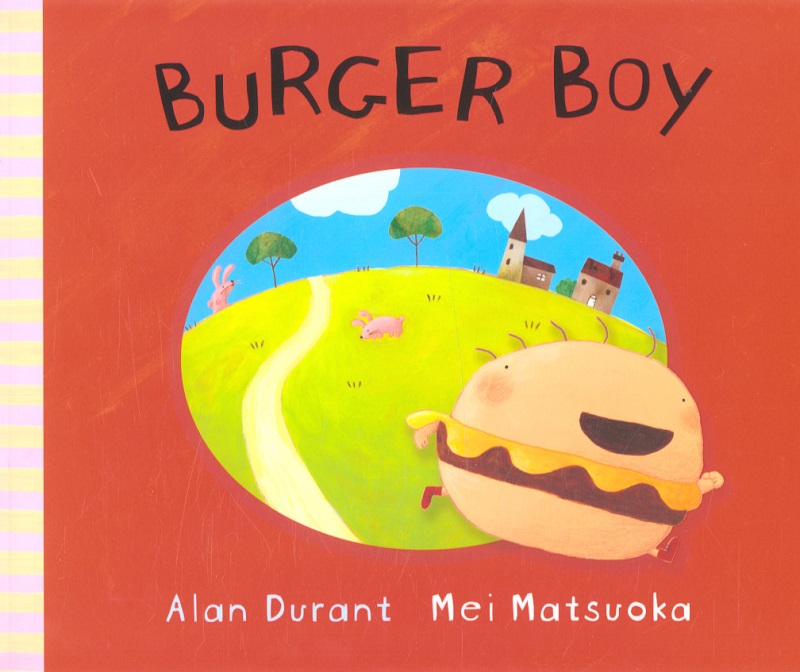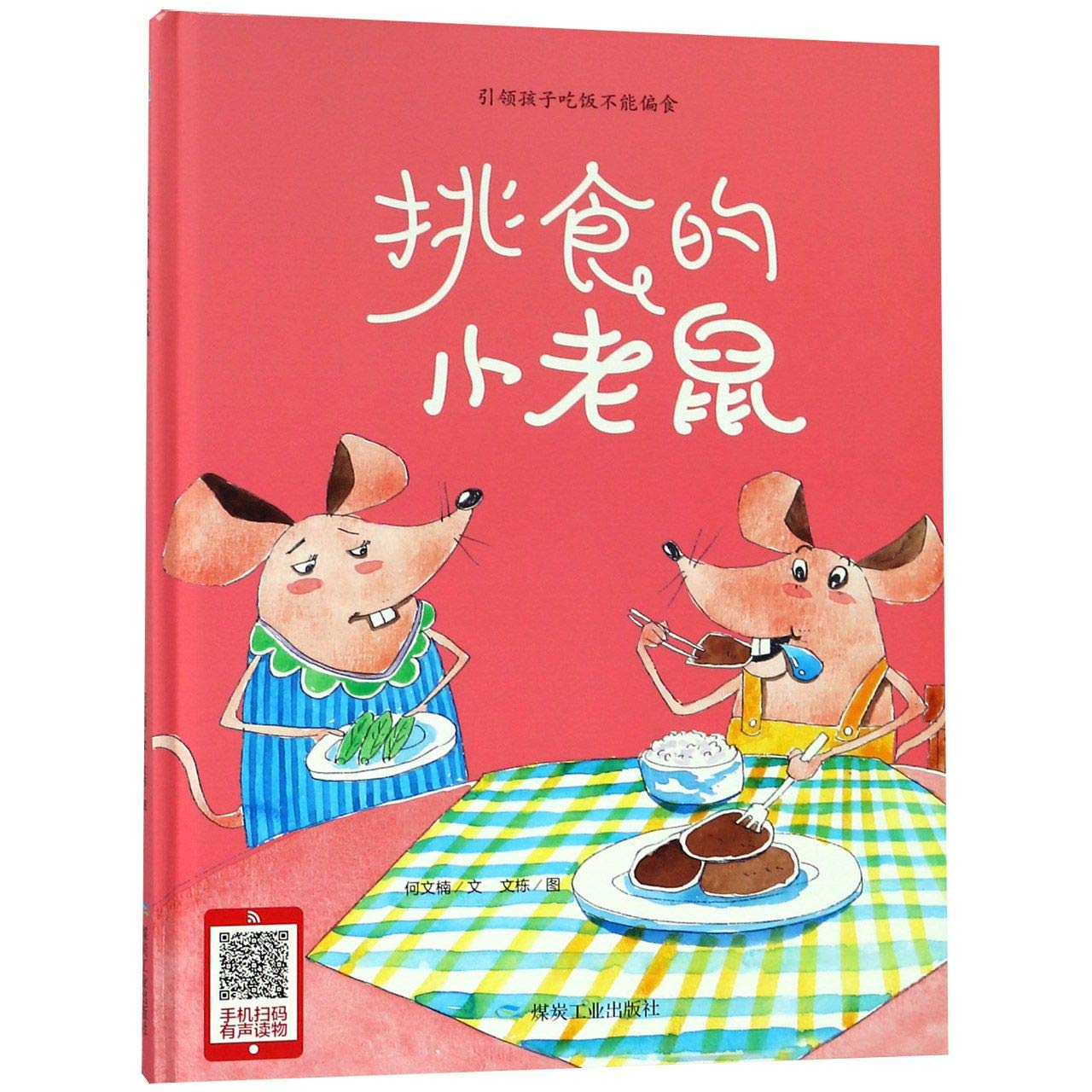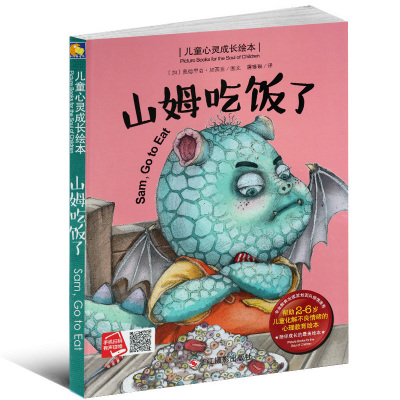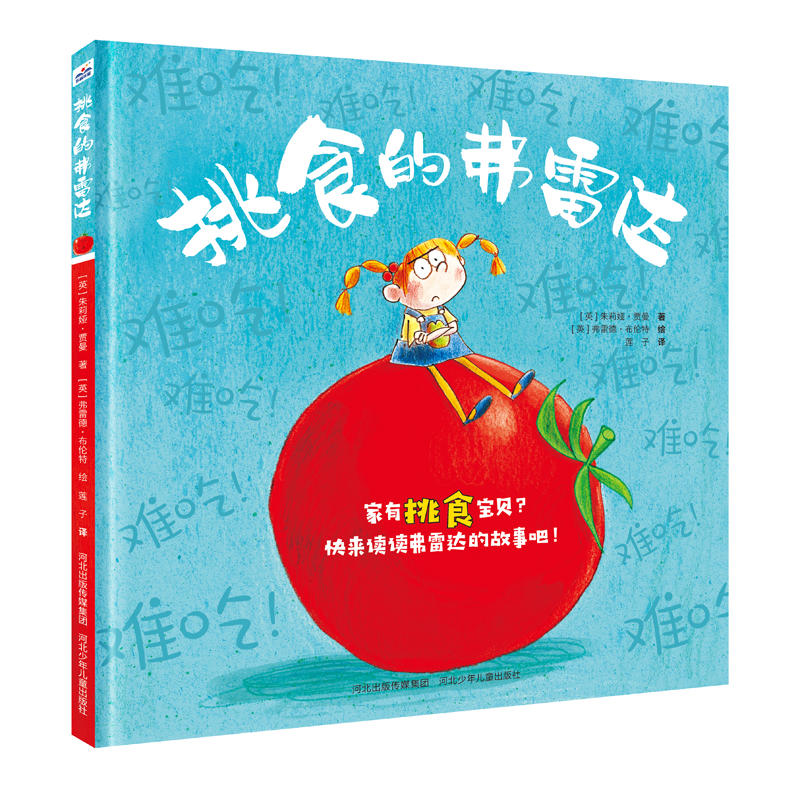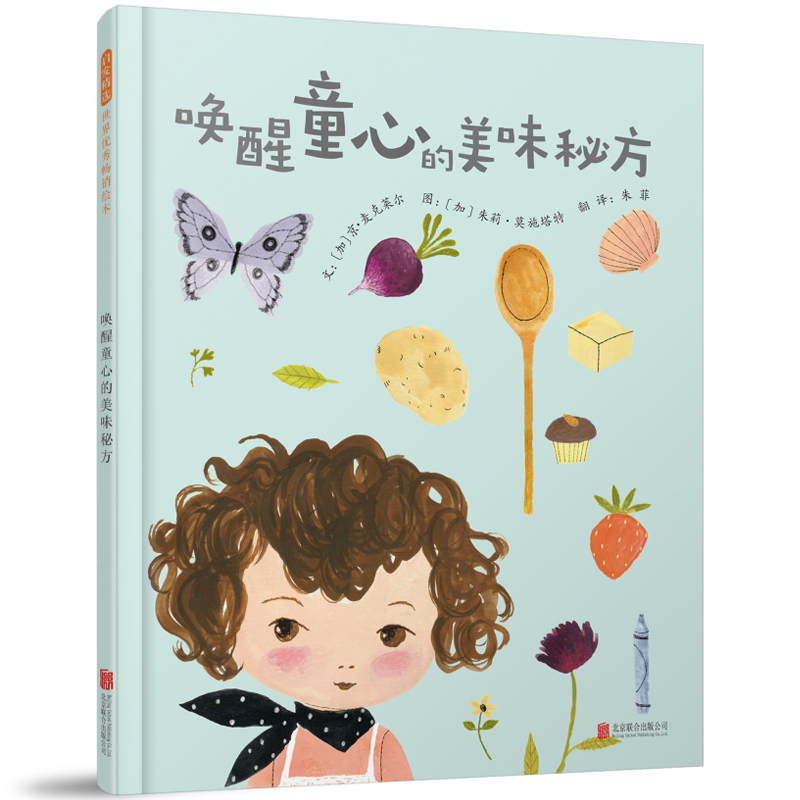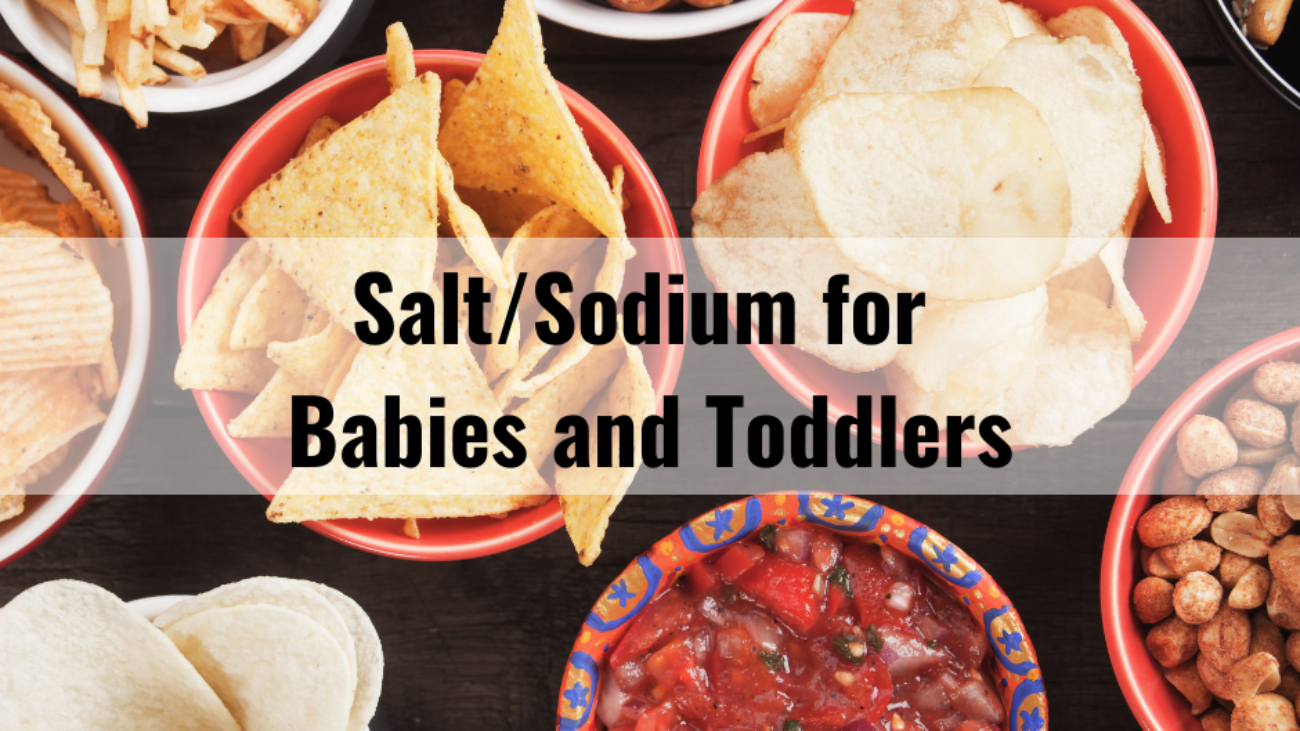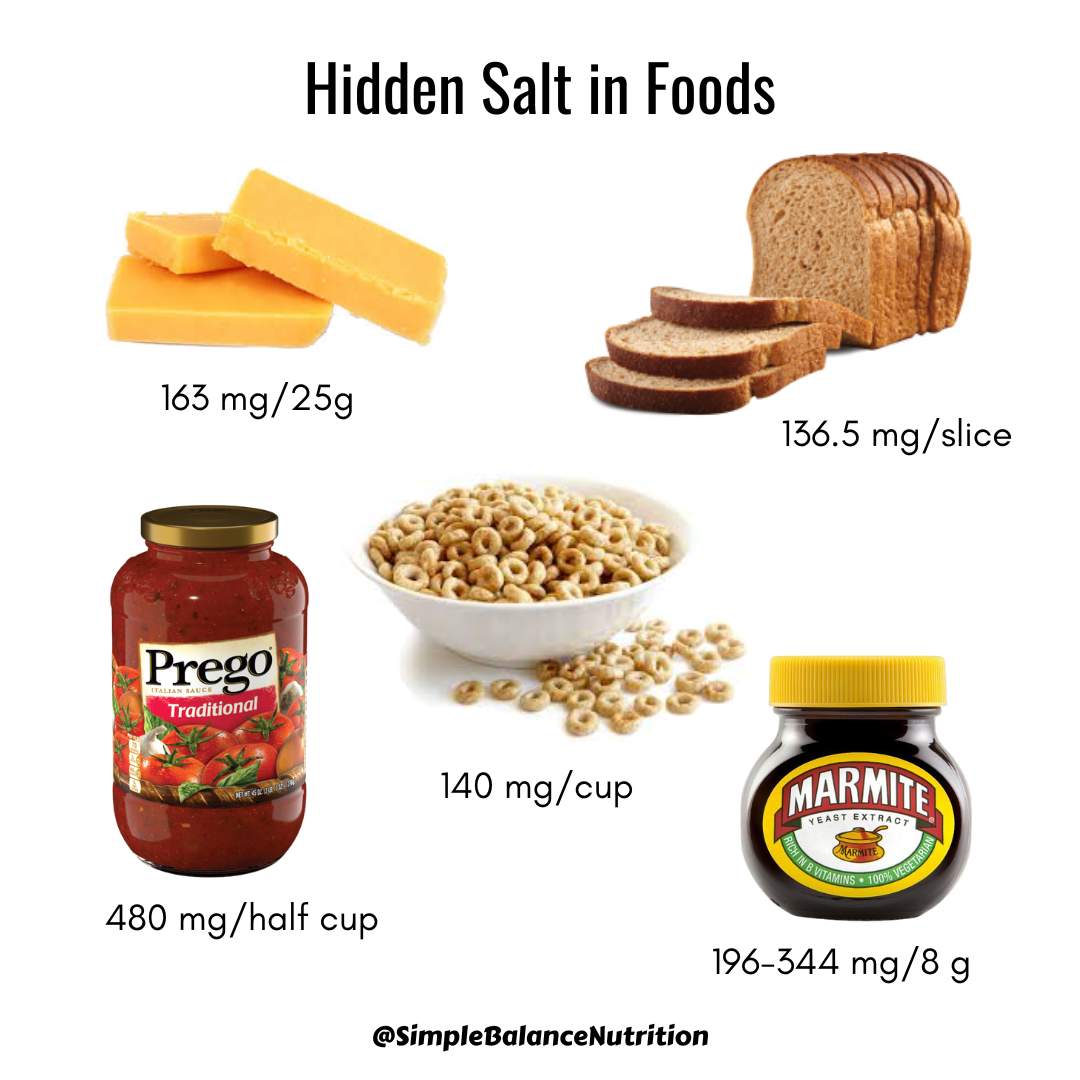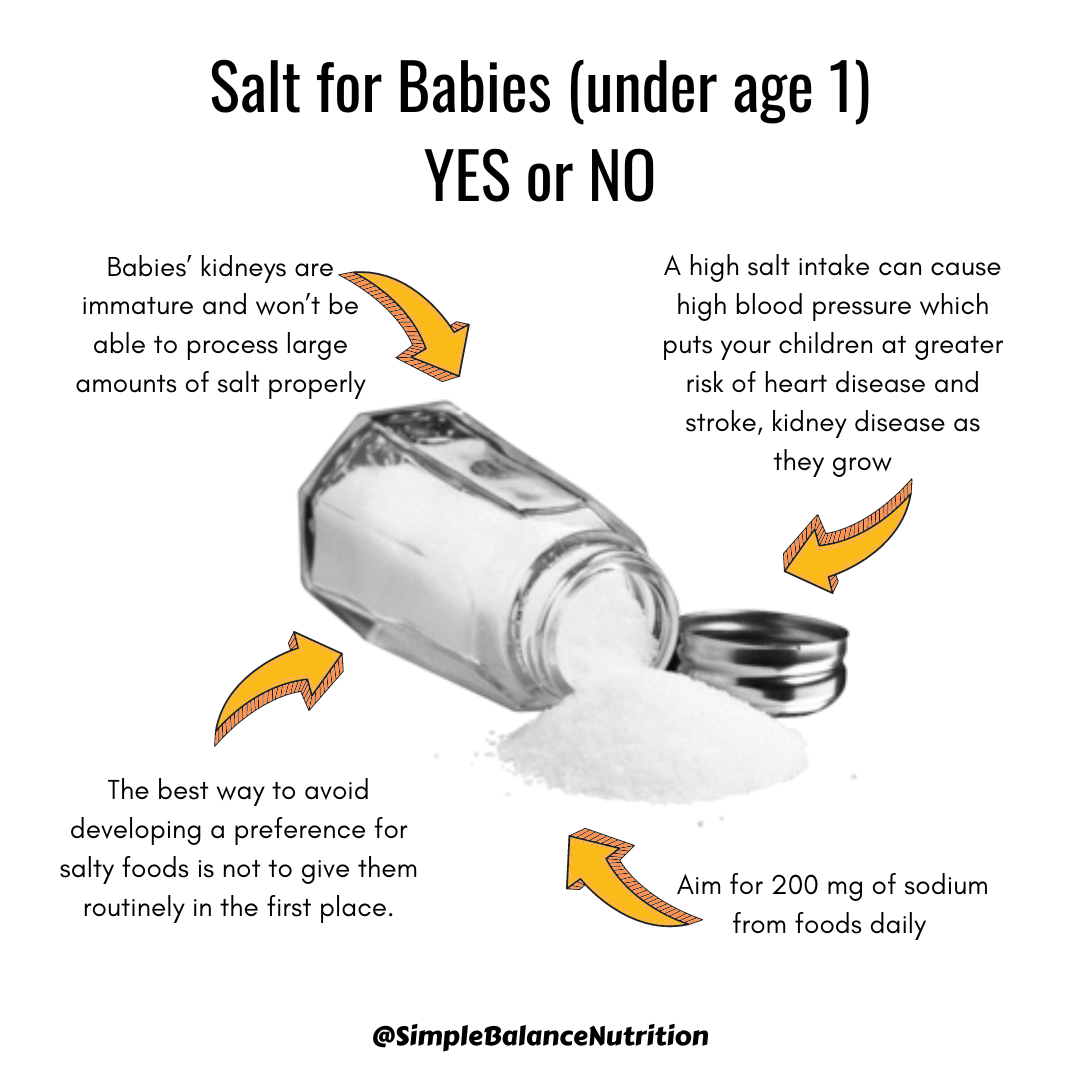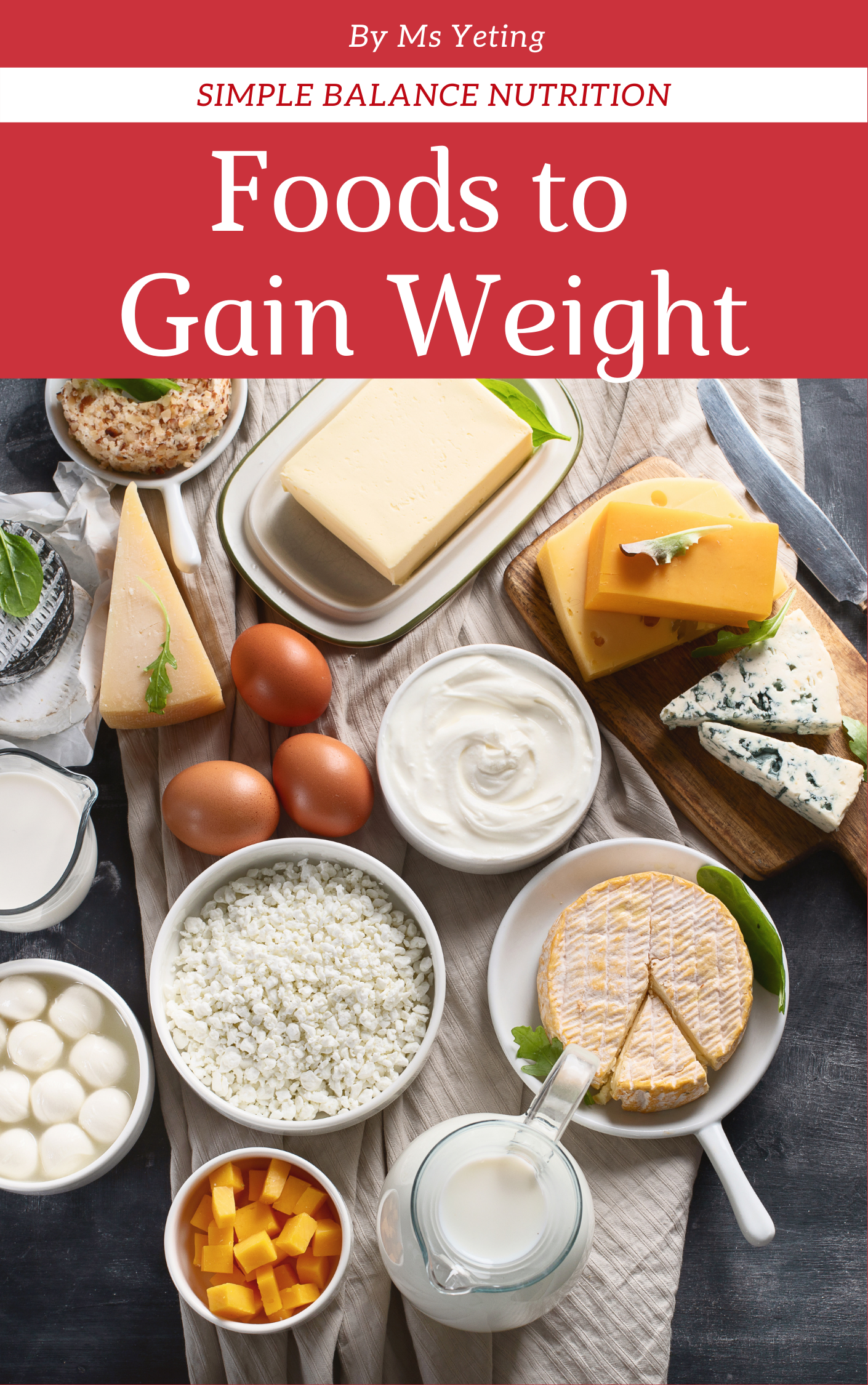So often in the media we hear about the obesity epidemic and how too many children are overweight or obese. But what about those on the flip side of the coin? Some children may have difficulty eating due to selective food choices, aversions, or underlying medical concerns, making it challenging for them to consume enough calories to support their growth and development.
Being underweight is not the same as simply being thin or slender. Some children have a naturally slight build and maintain it with a well-balanced diet and physical activity.
The child’s weight can cause great worry to the parents.
IS YOUR CHILD REALLY UNDERWEIGHT?
Assessing whether your child is truly underweight is the first step in addressing any concerns you may have. It’s important not to let comments from others or comparisons with other children cause unnecessary worry.
If you’re concerned about your child’s weight, it’s best to seek professional advice from your health care professionals. Weight loss or inadequate weight gain can sometimes be a sign of an underlying medical condition, so it’s important to have your child evaluated if you’re worried.
By consulting with health care professionals, you can get a better understanding of your child’s weight status and any potential issues that may need to be addressed. This will help ensure that your child receives the appropriate support and guidance to promote their overall health and well-being.
THIN OR UNDERWEIGHT? CHECK THE GROWTH CHART
Children demonstrate their thriving and well-being through normal growth and development, which is typically assessed and monitored using growth charts. Public health nurses or pediatricians routinely plot a child’s weight, length, or height on these charts during well-visits and check-ups.
By tracking a child’s growth over time and comparing it to standardized growth curves, health care professionals can assess whether the child is growing at an appropriate rate for their age and identify any potential concerns. This allows for early intervention if there are any signs of growth faltering or deviation from the expected growth trajectory.
There are 4 nutrition indices to define nutritional status of children as measure through anthropometric measurements – body weight and height.
- weight-for-age (risk for underweight)
- height-for-age (risk for stunting)
- body mass index (BMI)-for-age (risk for overweight)
- weight-for-height (risk for wasting)
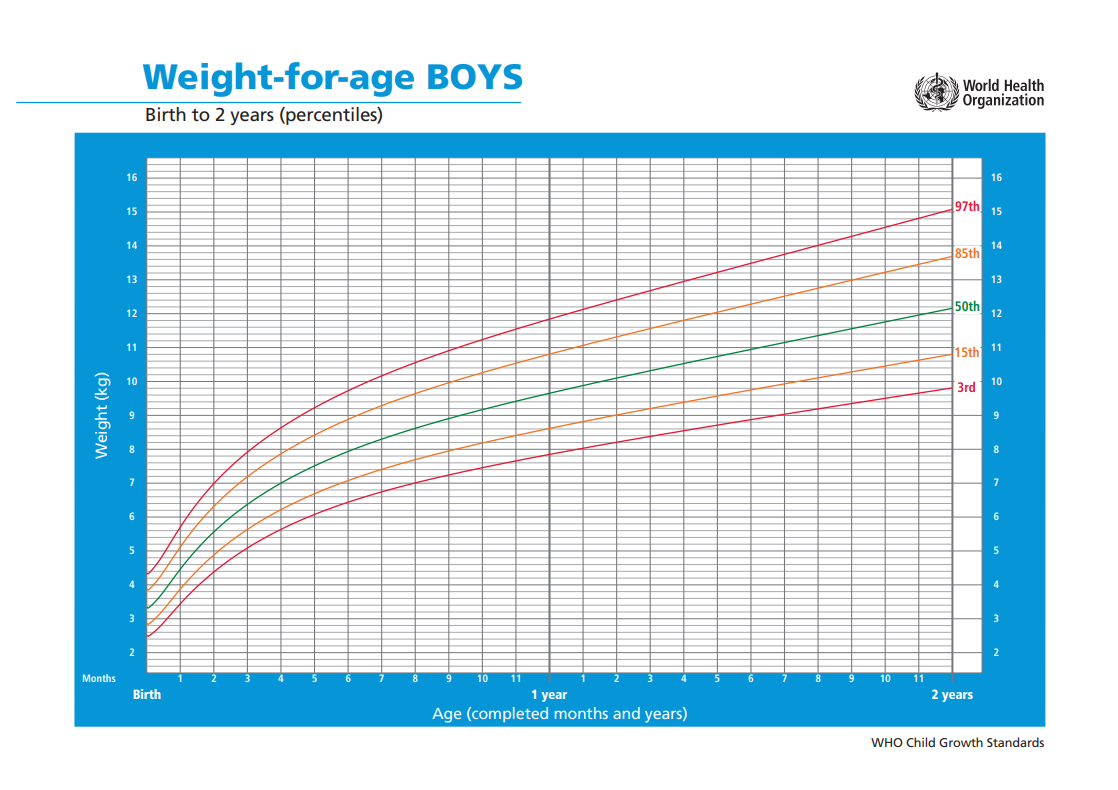
Percentiles (from 3 to 97) represent the normal window of growth we can expect for children.
The 50th percentile shows the AVERAGE – This is where most children are.
It means that below 50th percentile is lower than the average, but still normal. Above 50th percentile is above the average, but still normal too!
Here’s what the percentile values on a growth chart do mean:⠀
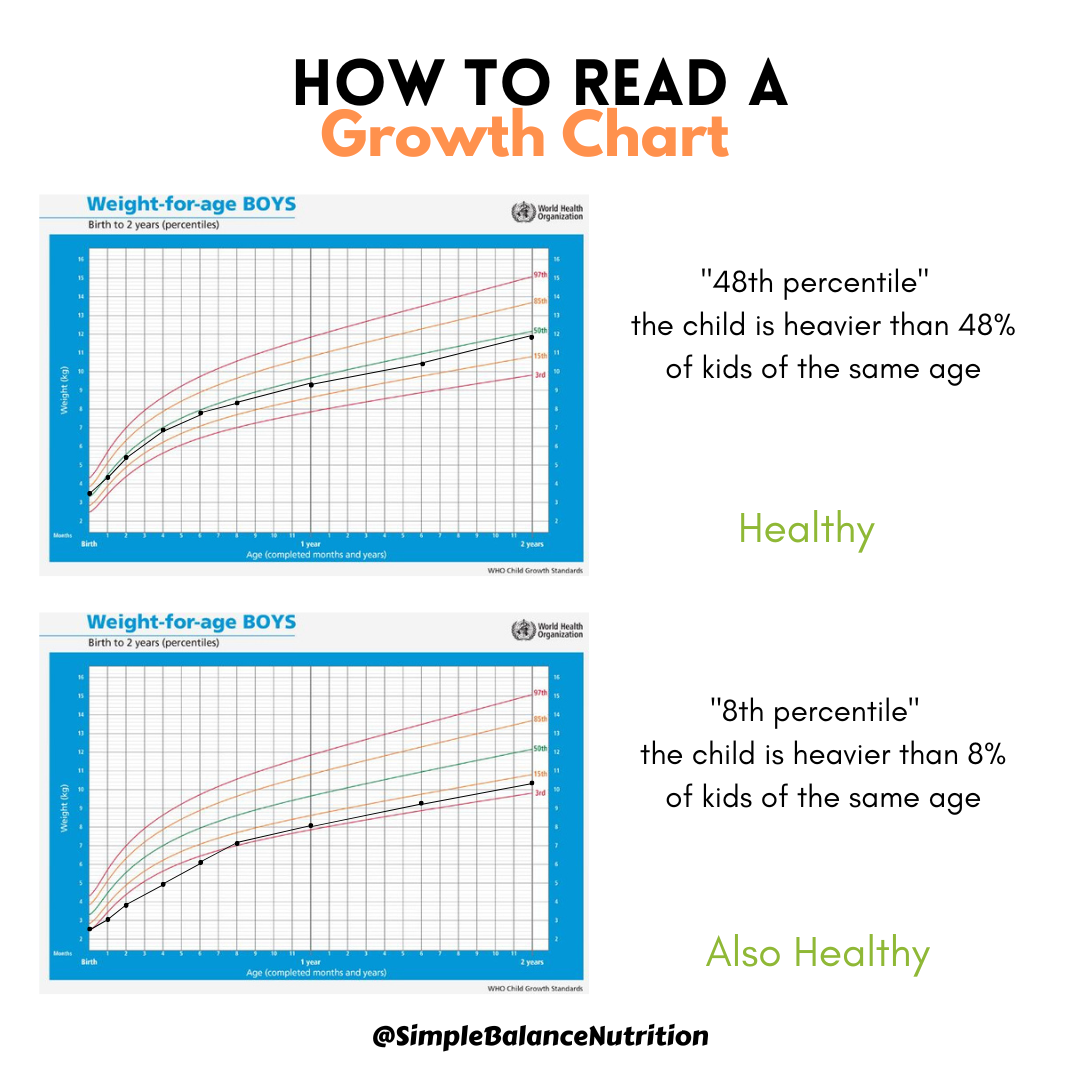
A 2 year old boy who places on the 48th percentile on the weight-for-age growth chart means that 52% of all the boys (same age) out there weigh more than him and 48% weigh less than him.⠀
OR
Even if your child is at the 8th percentile for his weight, meaning that 92% of kids his age weigh more than he does, if he has always been at the 8th percentile, then he is likely growing normally. It would be concerning and it might mean there was a problem with his growth if he had previously been at the 50th or 75th percentile and had now fallen down to the 8th percentile
What you should actually look at is how they progress over time on the growth chart and whether or not they’re staying on THEIR particular curve. Children who are growing normally will track their growth predictably on their own personal growth curve. Whether 48th percentile or 8th percentile, it doesn’t mean that his particular weight is good, bad, right or wrong. There is no “goal” to reach here. It just shows that body come in all shapes and forms. Some children are meant to be more petite or smaller, some are meant to be more largely built or much taller. Just look at their parents and family history as a good indicator! Genetics will win!
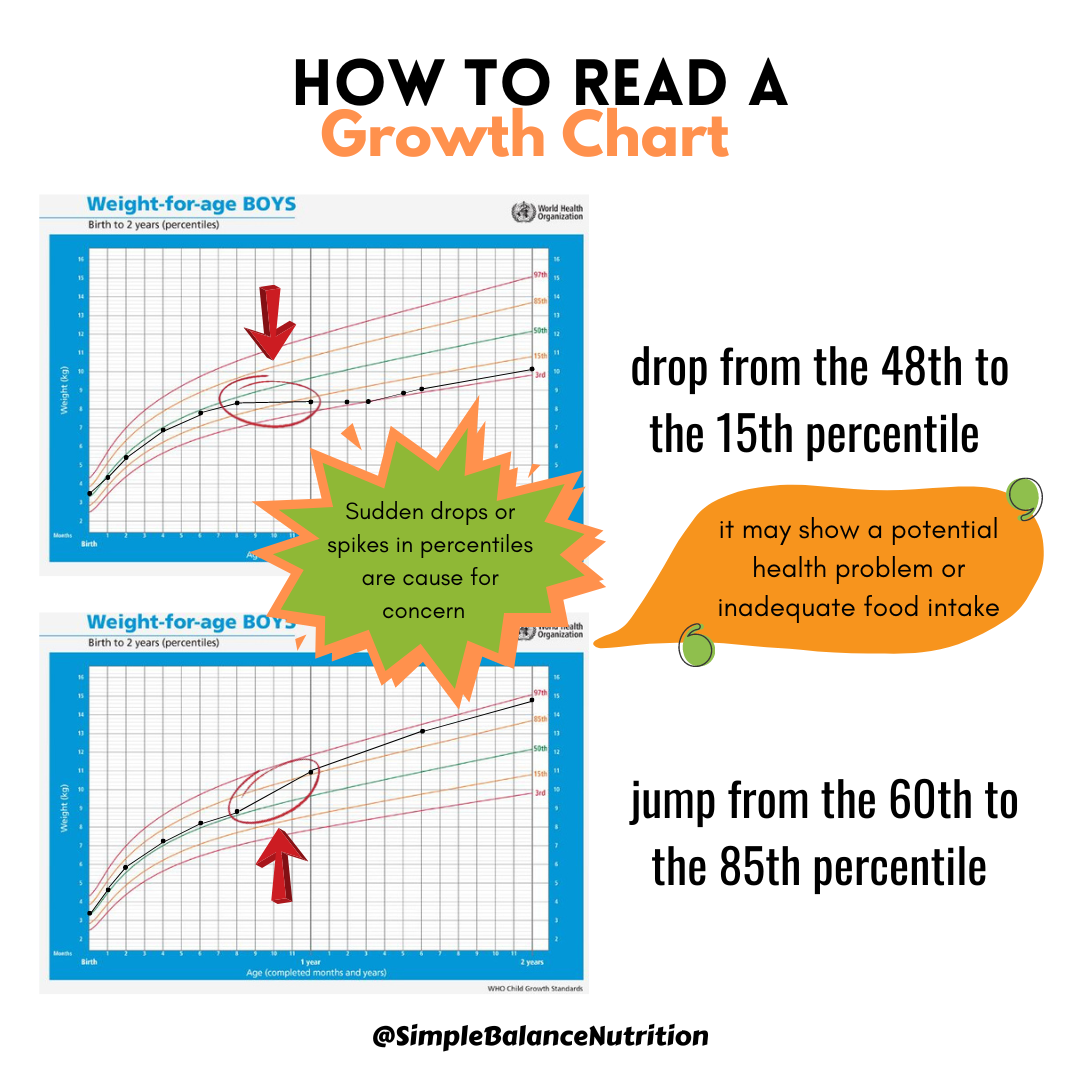
If time passes and you notice they’ve dropped from the 48th to the 15th percentile, that’s more of a concern! Same thing goes when it’s a big jump from the 60th percentile to the 85th percentile. That’s more of what we would call “falling off the growth curve”. It could be, of course, due to over/under-eating, malabsorption issues or some other underlying medical issue or it could be something as simple as a growth spurt.⠀
The key message here is that there’s no right or wrong percentile for your toddler! Every child has their own established growth curve. Where another child has nothing to do with where your child should be. Having a chubby or a skinny toddler does not mean they are healthy or not healthy. And trying to actively change their natural curve does a lot more harm than good.⠀
Last, the growth chart is a good indicator of your child’s overall nutritional status. If your child appears to be maintaining a usual and predictable pattern on the curve, you can rest assured that your child is getting adequate calories for normal growth.
It is not just about extra calories.
WHAT HAPPENS IF FALTERING GROWTH OR UNDERWEIGHT IS DIAGNOSED?
If faltering growth or underweight is diagnosed in a child, it can be an indicator of underlying health conditions or developmental concerns. In such cases, the doctor will typically refer the child to a pediatrician, a specialist child doctor, for further investigations.
Additionally, the pediatrician should refer the child to see a Pediatric Dietitian to assess their diet and eating routine. If this referral does not occur, it’s important for parents to advocate for their child and request a referral. They can also choose to seek assistance from a private dietitian specializing in pediatrics.
GETTING STARTED
Sometimes, parents use ineffective strategies to get their child to gain weight and grow, including negative feeding practices, in an attempt to feed them high calorie foods to boost their weight.
First, building a healthy food relationship (not just calories) is more important.
Understand the Feeding Relationship
A parent’s role is to choose what foods to offer, when, and where. Parents should provide healthy foods and offer regular meals and snacks.
A child’s role is to decide how much to eat and whether or not to eat at each meal.
Zero Pressure
Sometimes your child may refuse meals or snacks. Don’t beg, bribe or threaten your child to eat certain kinds or amounts of food.
Pressuring a child to eat can make them eat less.
Away from Distraction
Families should enjoy healthy eating together. Your child shouldn’t be singled out from the rest of the family. Everybody eats at the table together. Your child will focus on eating with fewer distractions. Turn off the TV, computer, IPad, and put toys aside around feeding time.
Stick to Mealtime Schedule
Regular meals and snacks will help your child eat enough food to grow well and be healthy. Offer food every 2-3 hours at planned times.
Offer 3 meals and 2-3 snacks each day.
Watch Empty Calories
Limit foods like sugary drinks, candies, potato chips and donuts. These foods don’t help children grow well.
Set Mealtime Boundaries
Set some table rules at meal times such as “everyone stays at the table until dad/mum’s finished”, even if your child doesn’t want to eat what you’ve served. Because they are sitting with food in front of them, they may end up picking at it! This is useful if your child wants to rush off and play rather than eat. But don’t force or nag them to eat. You’re just asking them to stay at the table. You don’t want to turn mealtimes into a battle.
Avoid Filling Up on Fluids
Drinking too many fluids like milk and juice may make a child less hungry for meals and snacks.
Serve no more than 2-3 cups of milk each day. Limit fruit juice to 0-1/2 cup each day.
Read Label
Limit foods and drinks labelled “light”, “low fat”, “fat-free”, “low calorie” or “sugar-free”.
Watch Your Languages
Watch your language and conversation around body size and shapes. If you talk about people being fat, on a diet, over-eating, or you are watching your own weight by counting calories or you obsess over food labels and your own body shape, then a child picks up on this quickly. Children mirror a parent’s pattern and chatter. Catch yourself out and avoid this kind of chatter, especially if your child has suddenly started eating less and is starting to lose weight, they may have started dieting because of this unhealthy conversation.
CAN FOOD INTOLERANCE AFFECT MY CHILD’S WEIGHT?
Yes, food intolerance can potentially contribute to a child’s low weight if it leads to inadequate food intake or nutrient absorption. For example, lactose intolerance may necessitate restricting certain dairy products, which could impact a child’s overall nutrient intake if suitable alternatives are not provided.
It’s crucial to ensure that any foods omitted from a child’s diet due to intolerance are replaced with suitable alternatives to prevent nutritional deficiencies. Unfortunately, many children may not receive proper guidance on how to replace missing nutrients when certain foods are eliminated from their diets.
Consulting with a Pediatric Dietitian can provide tailored dietary advice to ensure that your child receives all the necessary nutrients for growth and development, even in the presence of food intolerances. A dietitian can help identify suitable alternatives and ensure that the child’s diet remains balanced and nutritious.
CAN CONSTIPATION CONTRIBUTE TO POOR APPETITE?
Yes, constipation can contribute to poor appetite in children because they may feel full or uncomfortable, leading to a decreased desire to eat.
To help alleviate constipation and improve appetite, you can incorporate the following strategies:
- Offer fruits and vegetables at least five times a day. These foods are rich in fiber, which can aid digestion and alleviate constipation.
- Ensure your child drinks at least eight glasses of water each day, and even more in warmer weather. Staying hydrated can help soften stool and promote regular bowel movements.
- Replace white versions of breakfast cereals, pasta, rice, and bread with wholemeal or wholegrain versions. Whole grains are higher in fiber, which can help regulate bowel movements and prevent constipation.
Implementing these dietary changes can help manage constipation and promote a healthy appetite in children. Additionally, I have another blog on managing constipation, you can read here.
FOODS TO GAIN WEIGHT
Parents and caregivers often ask: “How can I help my underweight child gain weight with calorie-dense foods?” or“How many calories should my children be eating?”.
They are usually struggling with knowing which foods to feed their child to help them gain weight.
Every Bite Count
Every bite of food and every gulp of liquid can make a contribution to your child’s ability to gain weight and grow. Offer foods high in calories and rich in nutrients at every meal and snack.
Make some simple switches to double up their energy intake without making them eat more.
THE RIGHT WAY TO INCREASE CALORIES
In Malaysia, it’s easy to find highly processed sugary snacks, many are packed with empty calories lacking in essential nutrients like protein, fiber, vitamins, and minerals.
When aiming to increase your child’s calorie intake, it’s crucial to prioritize nutrient-rich foods. Here’s what to look for:
1. High Protein
Protein plays a crucial role in supporting growth hormone levels and may aid in increasing height and weight, especially in children who are extremely picky eaters or experiencing stunted growth. Complete protein sources contain all the essential amino acids necessary for child growth. These include:
- Lean meats
- Poultry
- Fish
- Eggs
- Milk
- Cheese
- Yogurt
- Soybeans
- Quinoa
However, even if a protein source is incomplete, you can still combine different sources strategically throughout the day to ensure your child receives all the necessary amino acids.
Here are some examples of high-calorie protein sources:
- Eggs
- Greek yogurt
- Cottage cheese
- Meat, poultry, and fish
- Tofu
- Beans and other legumes
- Hemp seeds
- Nutritional yeast
- Protein powders (which may be beneficial in some cases, but it’s important to choose high-quality brands)
2. Healthy Fats
Healthy fats are essential for providing concentrated calories, supporting brain function, and aiding in the absorption of fat-soluble vitamins like A, D, E, and K. Including a good source of healthy fats in each meal is ideal for overall health. Here are some examples of healthy fats:
- Avocado
- Coconut, coconut oil, and coconut milk
- Olive oil
- Full-fat dairy products such as cheese, milk, yogurt, and kefir
- Fatty fish like salmon, tuna, sardines, and mackerel
- Nut and seed butters (great for adding to smoothies)
- Chia seeds and flaxseeds
- Tahini and sesame seeds
- Butter and ghee
- Good quality mayonnaise
3. Iron
It’s well known that iron deficiency leads to a failure to grow at normal rates, and with the high rates of iron deficiency even in Malaysia, focusing on iron (and vitamin C for absorption) is critical for underweight/short stature children.
Examples of high calorie iron rich foods include:
- Beef
- Chicken
- Fortified Oats
- Beans and lentils
- Tofu
- Dried apricots
4. Calcium and Vitamin D
Calcium and Vitamin D are vital for bone growth, especially in growing children. Ensuring an adequate intake of calcium is particularly important for vegan children to support their overall health and growth. Here are some high-calorie sources of calcium and Vitamin D:
- Full-fat yogurt
- Full-fat cheese
- Salmon, rainbow trout, sardines (also rich in Vitamin D)
- White beans
- Soybeans (edamame)
- Egg yolks
5. High Fibre
In addition to these sources, quick forms of calories from high fibre starchy fruits and vegetables are essential for providing energy from unprocessed foods in your child’s diet. Some examples include:
- Sweet potato
- Potato
- Winter squash
- Banana
- Grapes
- Pineapple
- Goji berries
- Raisins, prunes, dates
SOMETHING TO KEEP IN MIND
Here are some tips to effectively increase your child’s calorie intake:
1. Customize Meals
Prepare meals with added calories specifically for your child without altering the entire family’s diet. For instance, add extra oil or butter to one serving of pasta, spread more nut butter on your child’s bread, serve whole milk with meals, or mix in additional cream and maple syrup to oatmeal.
2. Opt for Individual Servings
Purchase smaller packages and individual servings of foods to minimize waste while experimenting with different options.
3. Consider Portion Size
Recognize that young children have smaller stomachs and may not be able to consume large volumes of food. Choose foods from above that offer higher calorie in smaller portions.
For example, while hummus provides 25 calories per tablespoon, cream cheese offers 50 calories per tablespoon, and peanut butter provides 100 calories per tablespoon. If your child consumes small amounts, opt for calorie-dense options like cream cheese or peanut butter when serving with toast.
4. Maintain Balance
Ensure a balanced diet by incorporating high-calorie foods (that your child actually enjoy) alongside nutritious options. For example, if your family is having grilled chicken for dinner, pair it with high-calorie side dishes like sweet potato fries and steamed broccoli. Then, add extra butter to the portions for the child who requires additional calories.
ACTIVE LIFE
Give your child more time to be active. Being active can make children hungrier for meals and snacks. Limit screen time, like watching TV and using other electronics. Read this post to learn how to increase physical activity level of your child.
BLUR PIC
I’ve also got another free FOODS TO GAIN WEIGHT guide you can use for your children to get you started so you can start feeling better about every bite your child takes.
BOTTOM LINE
If you’re concerned about your child’s weight but they haven’t been diagnosed as underweight, it is important to discuss your concerns with their pediatrician. The pediatrician can review their growth history and determine if further evaluation or dietary adjustments are necessary.
Remember, the need for high calorie nutritious foods may be short term, and it’s essential to prioritise your child’s overall health and well-being. While it’s important for your child to eat, at the same time not to turn mealtime into a battle or power struggle. Creating a positive eating environment can help promote healthy eating habits in the long run.
If you’re struggling to put weight on your child or worried about their nutrition, consider seeking guidance from a pediatric dietitian. A dietitian can work with you to develop a tailored plain to meet your child’s nutritional needs and ensure they are receiving the necessary nutrients for growth and development. Ultimately, the goal is to have a healthy, happy, and confident child.
Are you worried about your thin child? Are you thinking that you might want some one-on-one nutrition counselling, either for you, or your baby or child? Check out my one-on-one nutrition counselling services here.














